The Life Of Racing Legend Dick Trickle
It’s no secret that Richard Trickle had a funny name, but he also made history in the world of racing. He was well-known for never missing an opportunity to capitalize on his surname and used it as a way to make NASCAR more mainstream — and boy, did it work! Keith Olbermann even credited him with bringing NASCAR into the spotlight when Trickle graduated from professional driving.
Though we lost this incredible driver at 71 years old, Richard Trickle is still remembered for being one of the most successful racers in history and inspiring generations to pursue their dreams behind the wheel. Continue reading through to learn everything you need to know about this legendary figure.
He Owned The Short Track

With over 1,200 wins on short tracks, Richard Trickle quickly earned himself the title of “America’s Winningest Driver.”
This success led to a 15-year career racing in more than 1,500 races. His reputation eventually reached NASCAR owners who gave him the opportunity to make his debut in 1989.
Beating Incredible Odds From The Beginning

When Trickle was eight years old, he was playing with his cousin in a house that was still under construction. This turned out to be a dangerous idea, as he broke his hip after falling two stories.
After he was brought to the University of Wisconsin Hospital, doctors weren’t optimistic about his prognosis. Trickle apparently recovered slowly enough that they sent him home, believing he would be disabled for the rest of his life.
He Proved Them Wrong
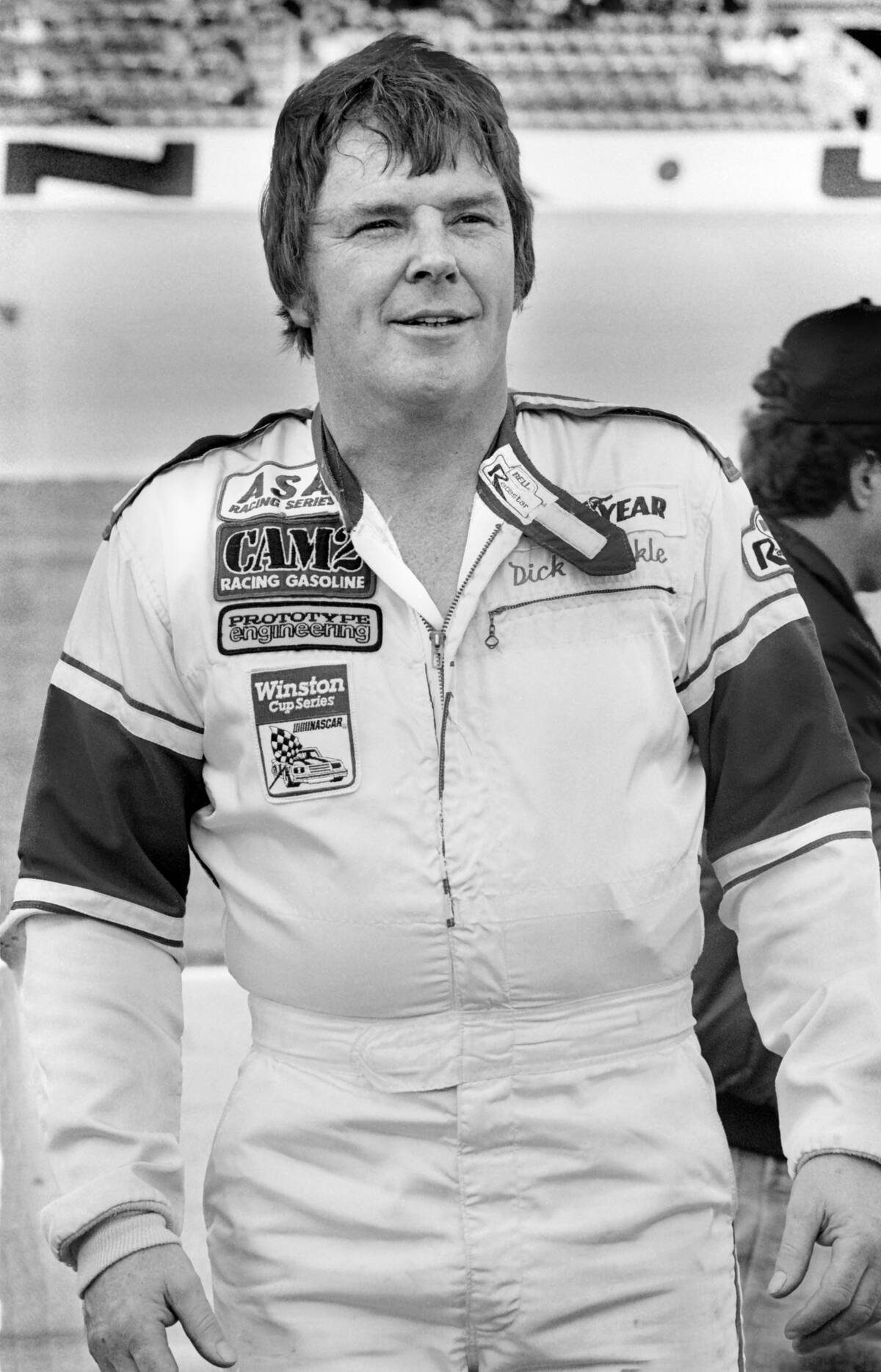
Although Trickle had to wear a cast from his waist to his foot for three years, he slowly but surely began to start walking again.
It’s true that Trickle would have a limp for the rest of his life, it was much slighter than anyone who saw how bad his initial condition was could have imagined.
A Chance Introduction To His Life’s Passion
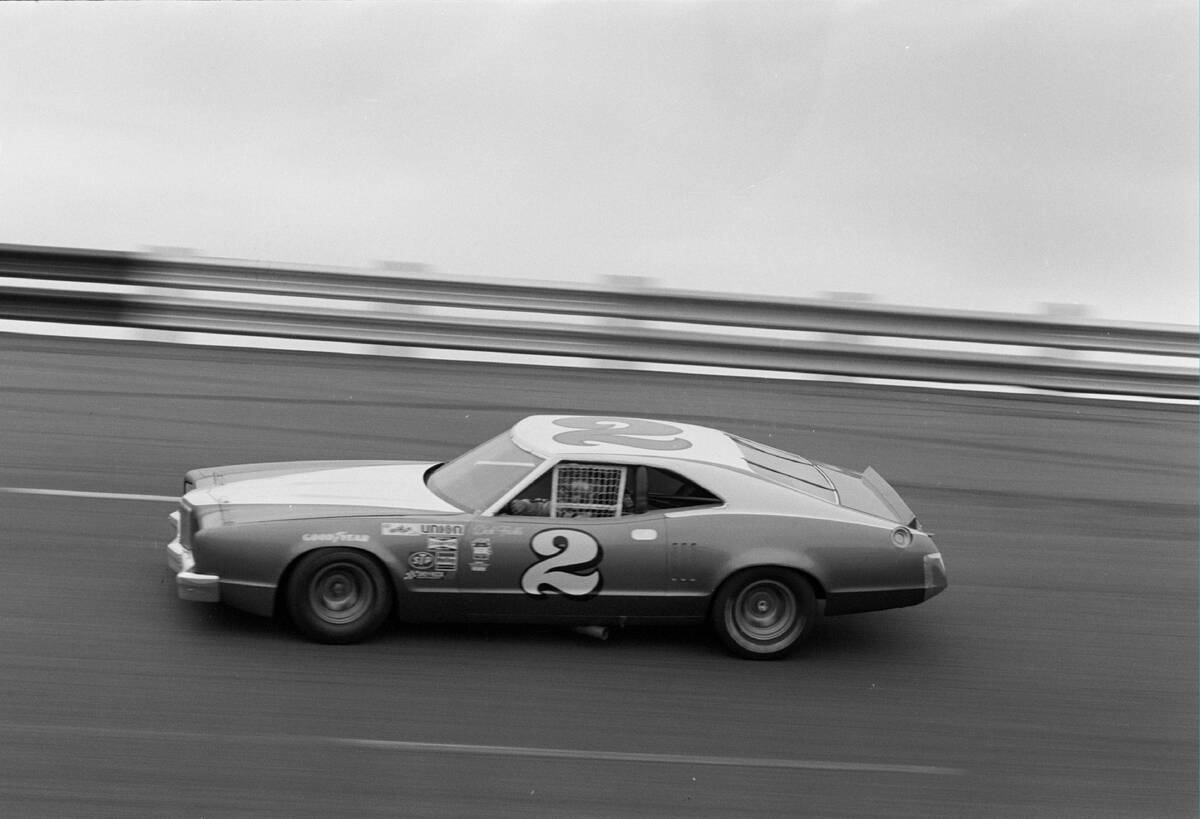
While Trickle was in the long process of recovering from his injury, one of his friends brought him to Crown Speedway in Wisconsin Rapids, his hometown. At the age of nine, Trickle saw his first races.
In a quote shared by Dale Grubba in the book The Golden Age of Wisconsin Auto Racing, Trickle said, “When I got there, I was flabbergasted. I thought it was the neatest thing. Free shows were nothing compared to it. That race never left my mind until I was 16. I knew I was going to drive a race car when I was 16.”
He Modified His First Car On His Own
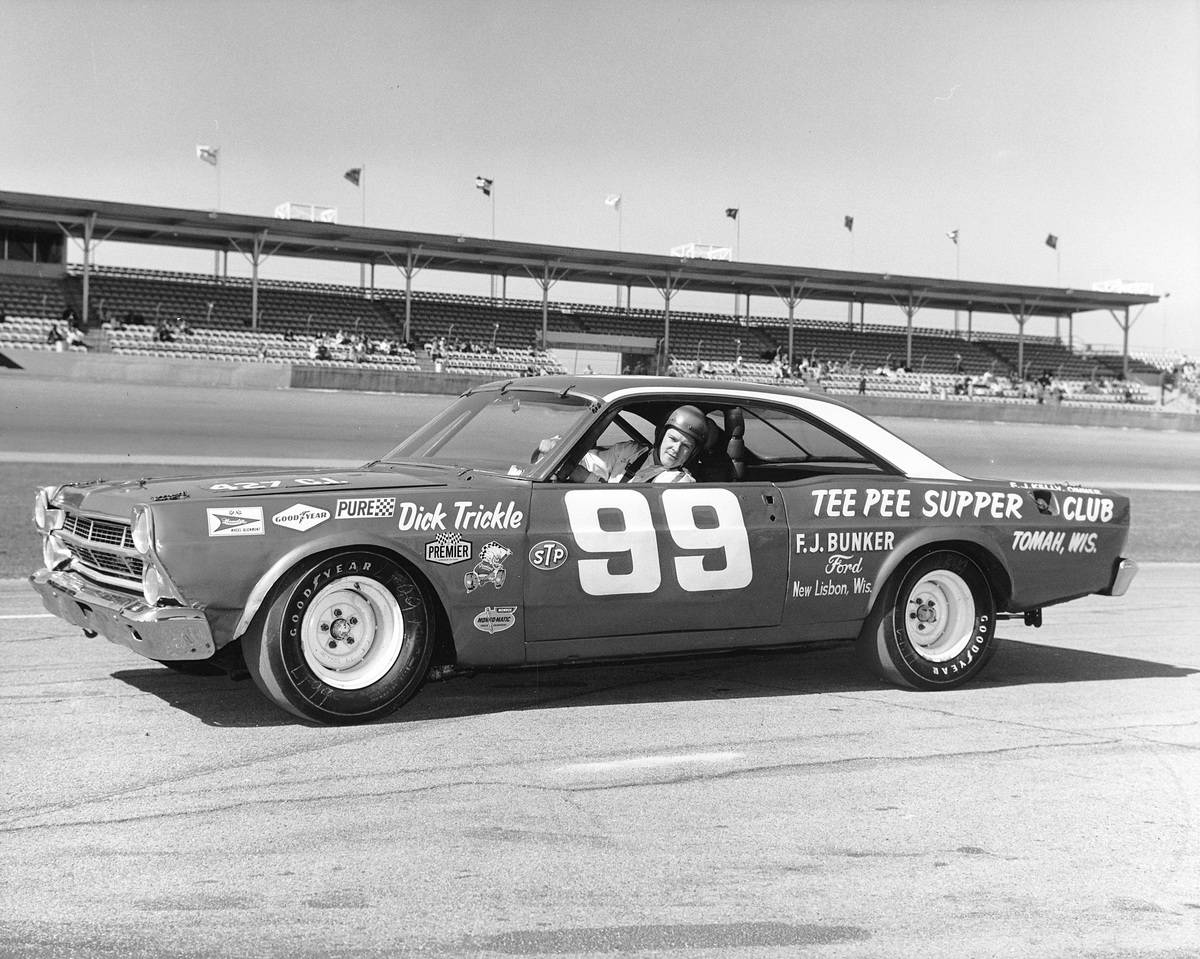
He began his foray into the world of drag racing when he started working in a blacksmith shop and saved up enough money to buy a 1950 Ford for $100.
He then modified it to make it race-ready. However, after noticing that his car wasn’t fast enough compared to the other racers, he bought one of the competitors’ cars with an engine for only $32.50 and proceeded to transfer its motor into his own car.
Trickle Gradually Built His Own Skills At This Job
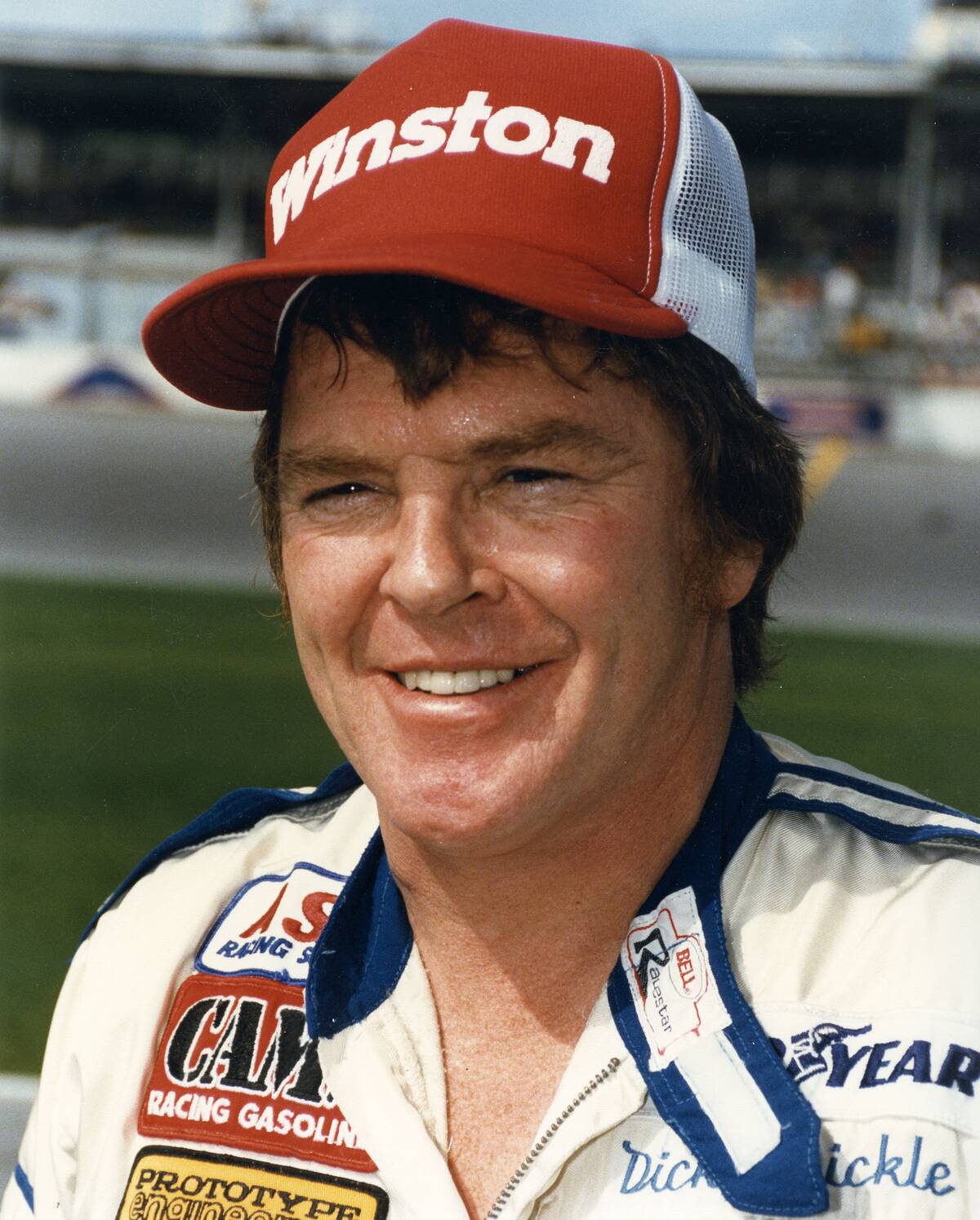
Trickle’s father was a partner in the Rudolph Blacksmith shop, but his uncle would run it when he was ill. Once he became more curious and familiar with the place, he realized the opportunity he had to make his dream work.
As he was quoted as saying in The Golden Age of Wisconsin Auto Racing, “At that age, it was mostly sweeping the shop, but I started to play with the welder and soon I could make an arc and then weld. I started
junking machinery.”
He Put His Plan In Motion At 16
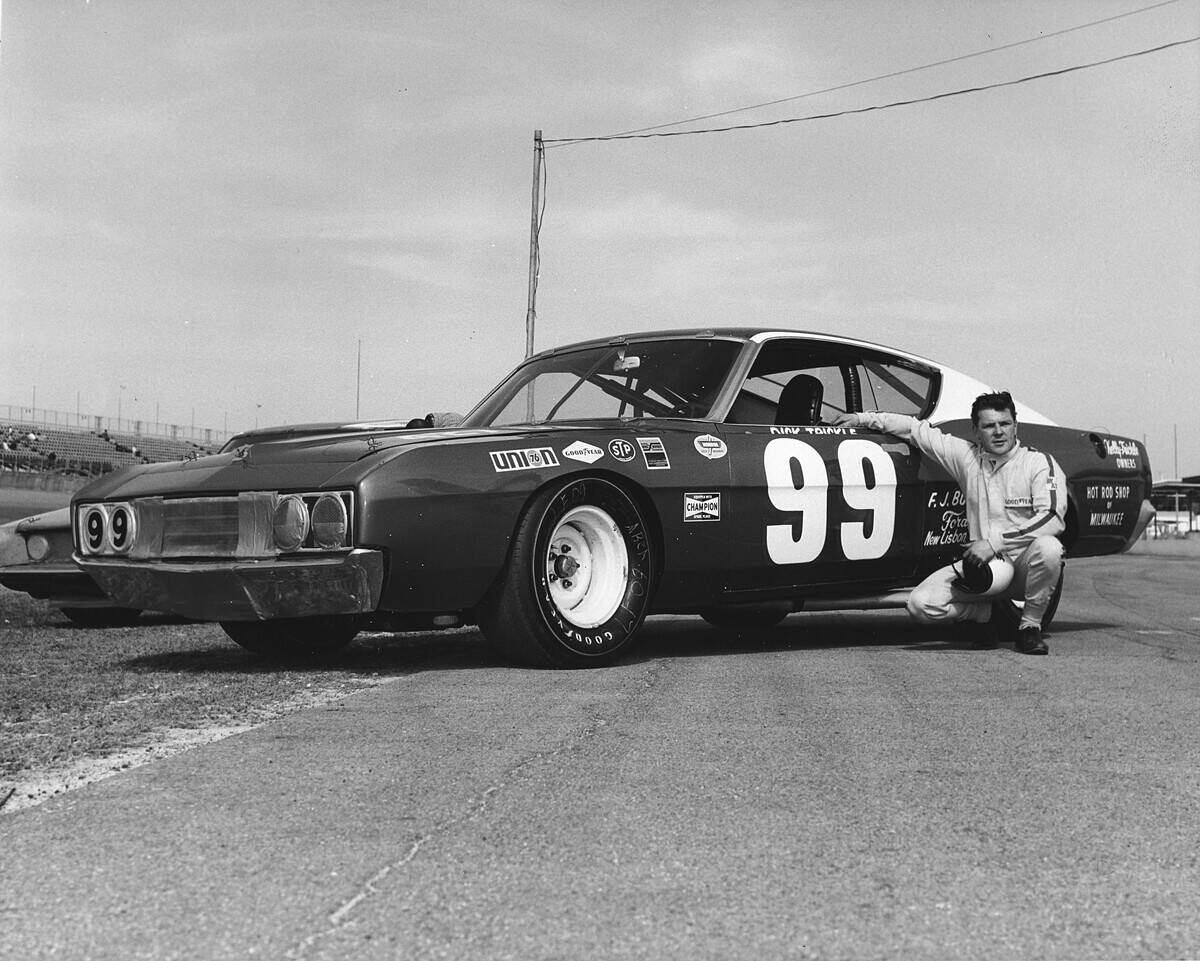
While working at the blacksmith, Trickle was also working for some of the farmers in his area, which he had started doing at the age of 13. True to his word, however, he planned to start racing at 16 and thought of a plan to afford that aforementioned 1950 Ford.
In Trickle’s words, “When I turned 16, I let the farmer I was working for keep most of the money I earned until fall. That fall, I collected my money and went down Main
Street wheeling and dealing.”
He Had A Rough Start To Racing
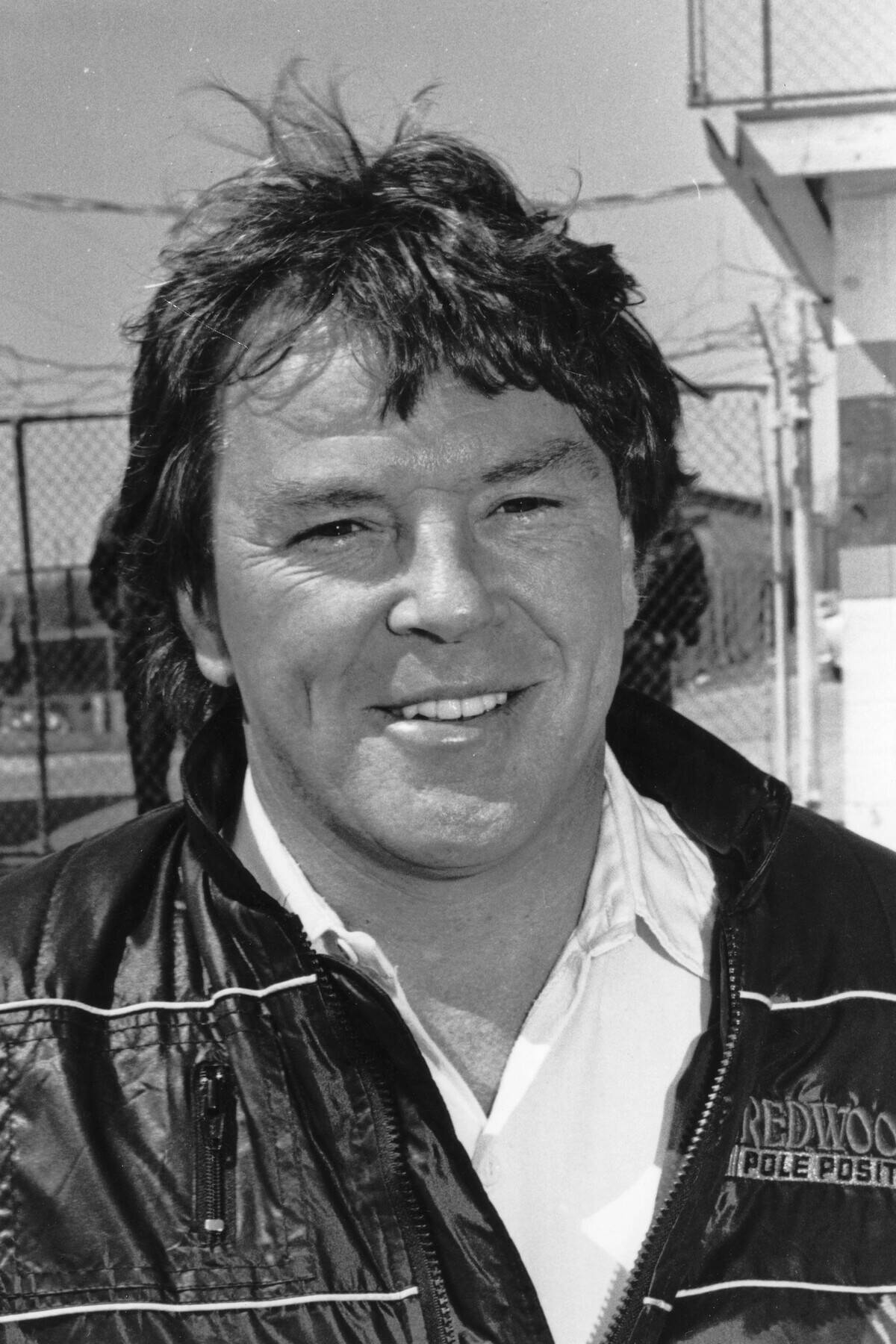
Despite his ingenuity when racing others informally, Trickle found himself severely outmatched when he entered his first short-track race in Stratford, Wisconsin. In fact, his turned out to be the slowest car out of 100.
However, Trickle didn’t seem discouraged and continued to use his modified car throughout the track’s 1958 and 1959 seasons. At the same time, however, he was putting all the skills he learned into a new one that would serve him better.
A Big Splash In His Hometown
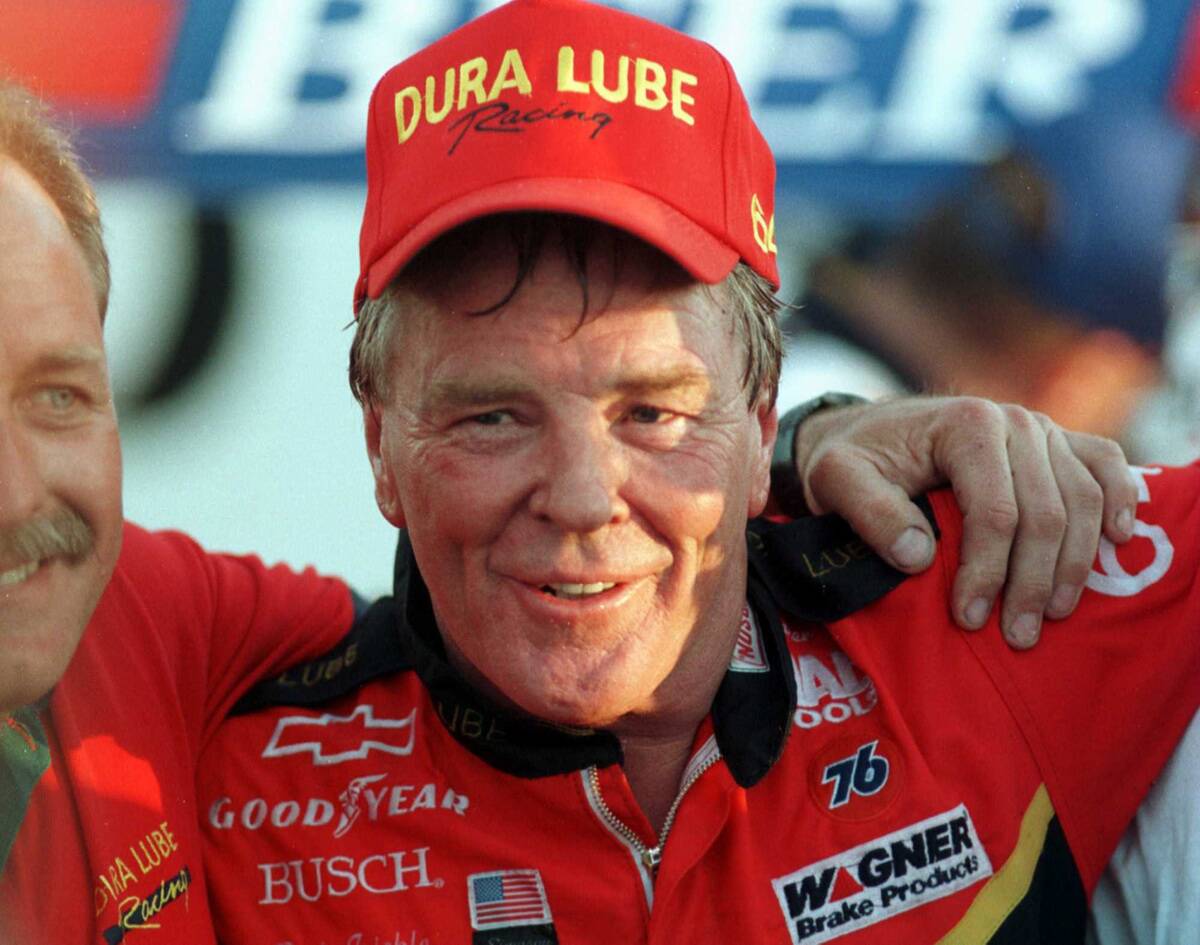
After the 1959 season was over, Trickle finished building a new custom race car out of a 1956 Ford. As it turned out, enough improvements had occurred at the Ford Motor Company and in Trickle’s own design skills since he bought his first car that when Trickle raced in his hometown, the difference was dramatic.
Indeed, Trickle went from being the slowest car at the Stratford track to coming in second place at a feature event at Griffith Park in Wisconsin Rapids. However, this improvement turned out a little too great for Trickle’s own good.
His Competitors Introduced Some Setbacks
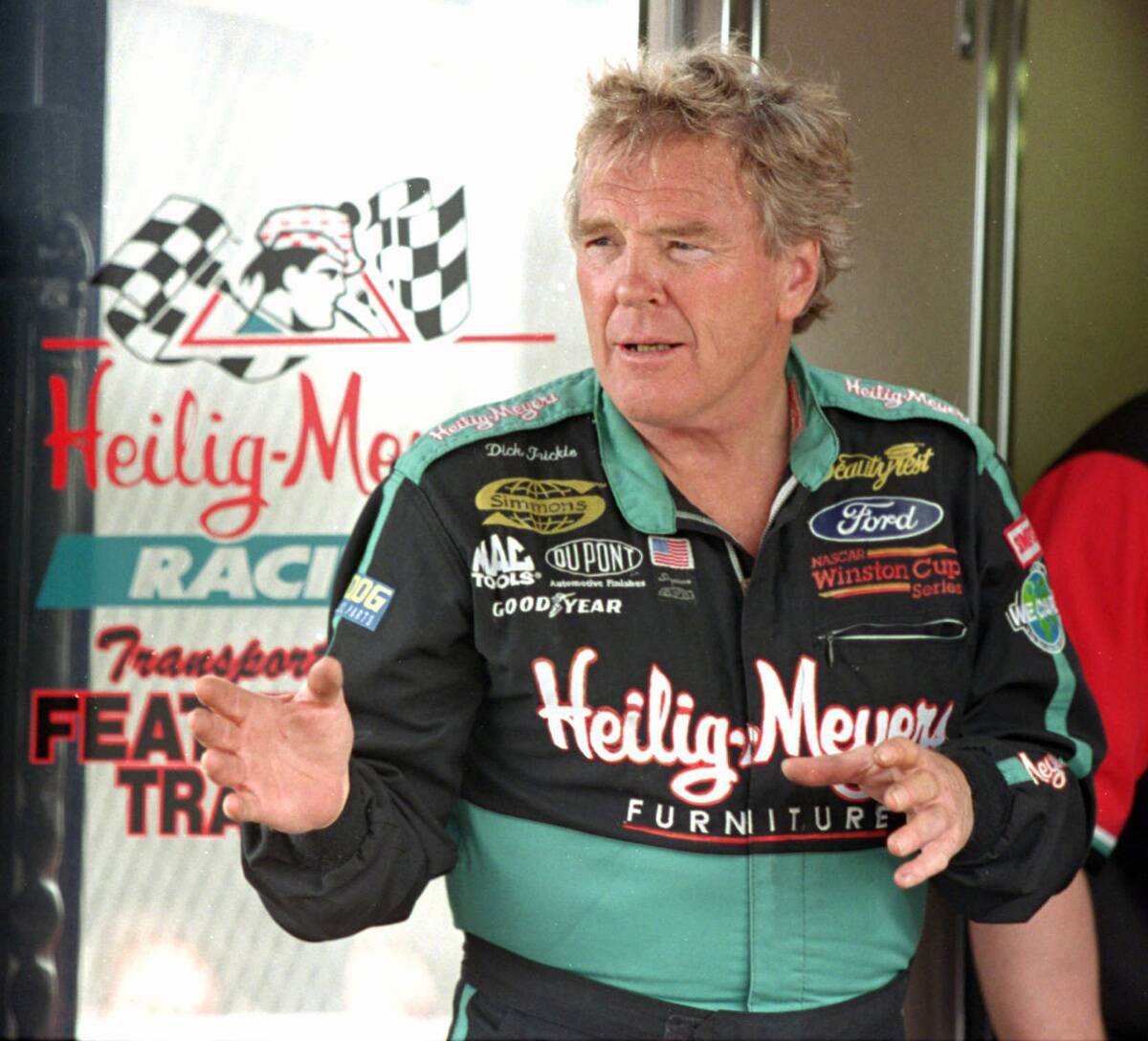
After Trickle’s stunning performance, his competitors started looking into him and checked the rulebook once they found out enough. As they discovered, Trickle was too young to race at that track, despite having already done so for two years by that point.
Although this didn’t stop Trickle from racing, it put him in a bizarre situation where could could race at tracks throughout Wisconsin, but not in his hometown. After a year dealing with the fallout of this discovery, he was finally considered old enough.
A Humble Wedding And Start To Marriage
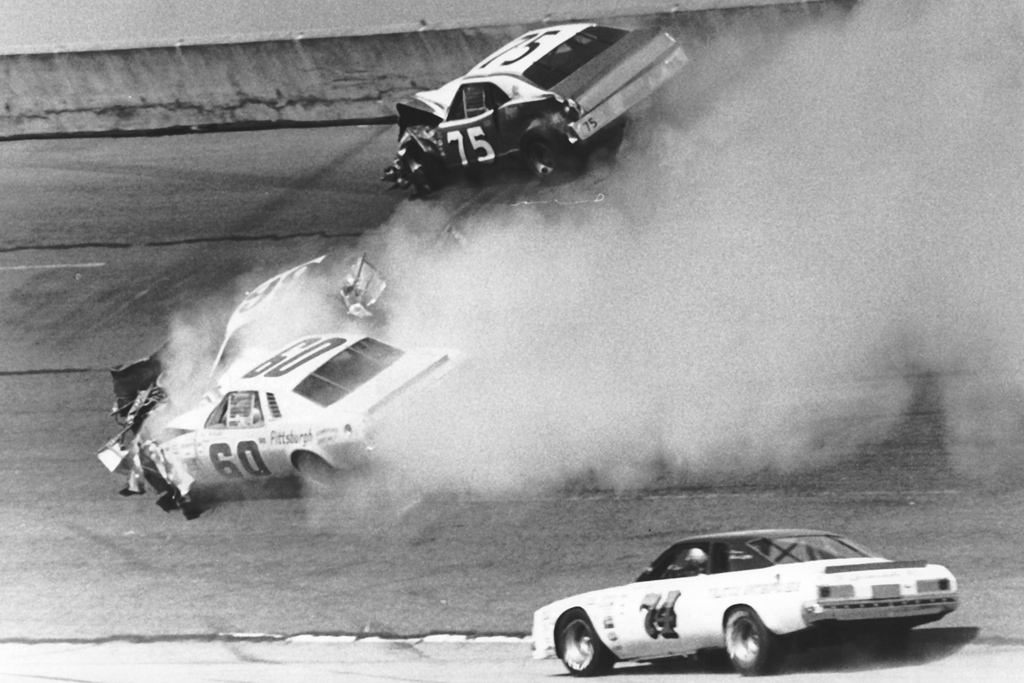
Trickle married his wife Darlene in 1961 and paid just $8 for a motel room the night of their wedding. The next day, he had two races at Wausau and Griffith Park.
At the beginning of his marriage, he worked for a telephone company but hated working on the poles so high off of the ground, so he created a plan to become a full-time racer.
He Was A Hard Worker From Early On

When he first started, although he was doing well racing, Trickle still had a day job. He worked 66 hours a week at a service station while racing four nights a week.
During his free time, he worked on his cars.
He Still Wasn’t “The Winningest” Yet
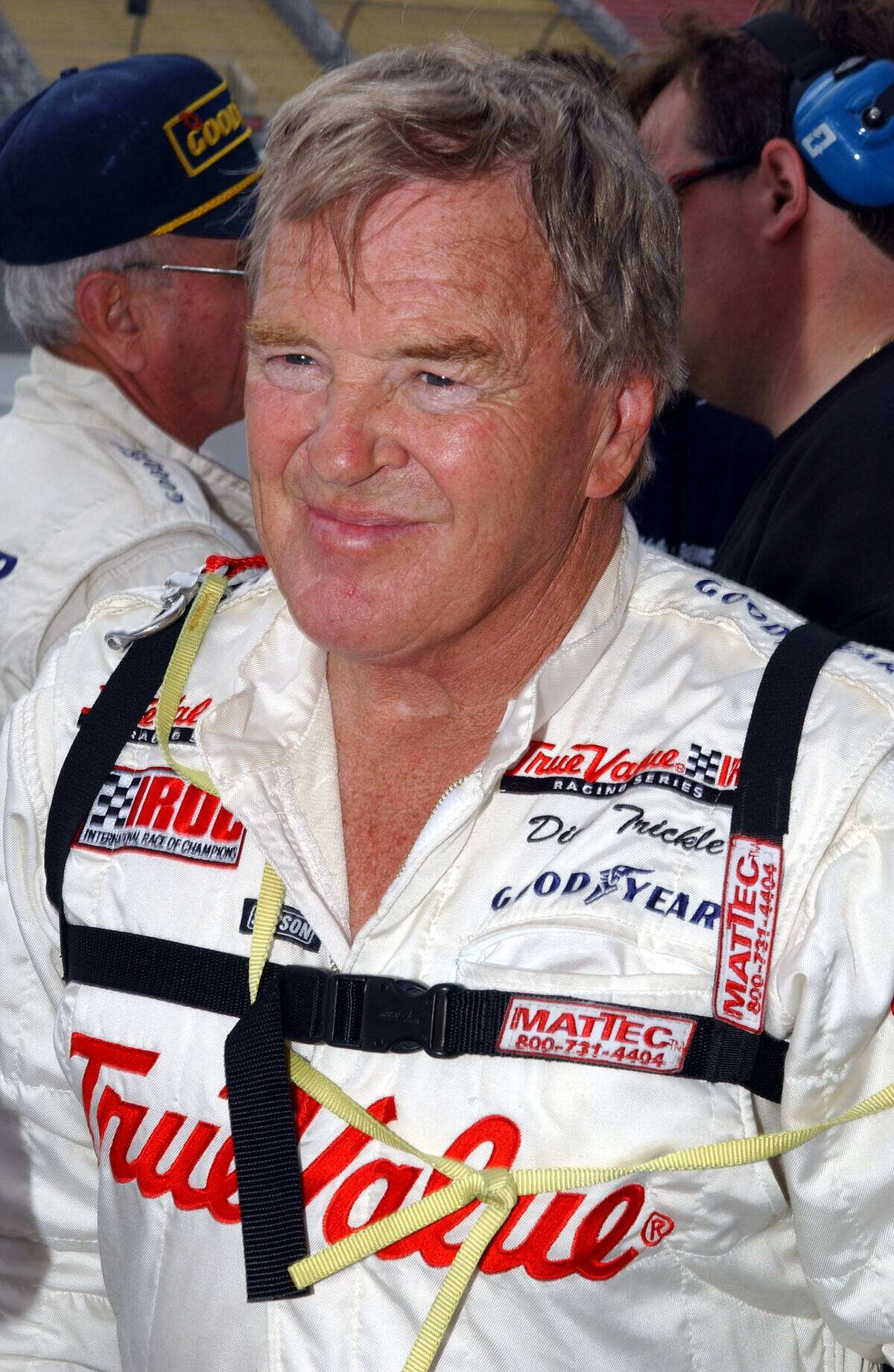
Over the following 15 years, Trickle would race at over 100 events per year. During the early years of his professional racing career, a man named Francis Kelly noticed that when Trickle raced at Tomah-Sparta Speedway, he was always in contention in his races but didn’t often win.
Once again, the problem wasn’t his driving skills, but his underpowered motor. Kelly offered to arrange a new one for him, and when Trickle stated his intention to put it together himself, Kelly instead suggested they involve Jerry Kulwicki, who had built motors for Norm Nelson.
A Humbling Day For His Opponents
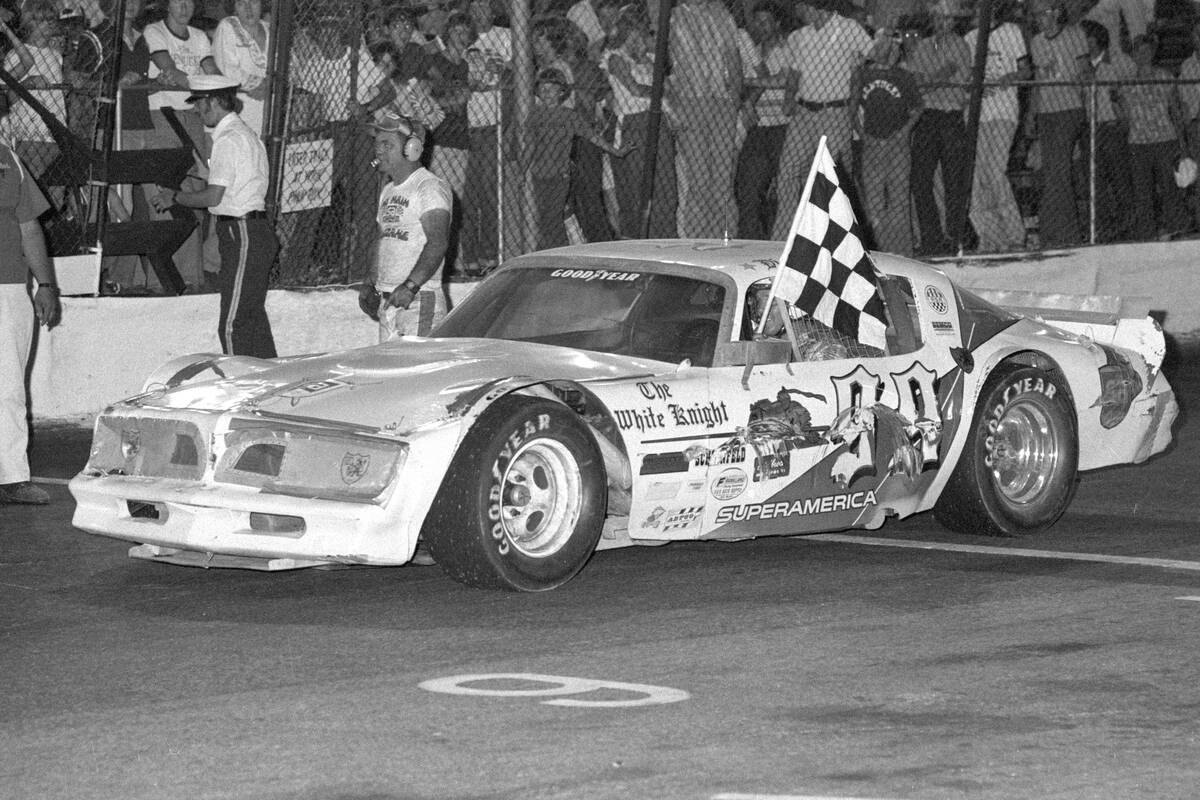
Trickle started to see his fortunes reverse at the National Short Track Championship race at Rockford Speedway in 1966. When Trickle arrived, his car was noticeably humbler than those of his competitors, which made them pretty confident in their victory.
As he said, however, “They didn’t treat us bad, but they sort of giggled at us kids with the rat cars. After two days, they look differently at those rat cars. I won
and pocketed $1,645. Before, I questioned spending the money to travel
that far. But if you could win, that was a different story.”
His Nickname Was A Marketing Sensation
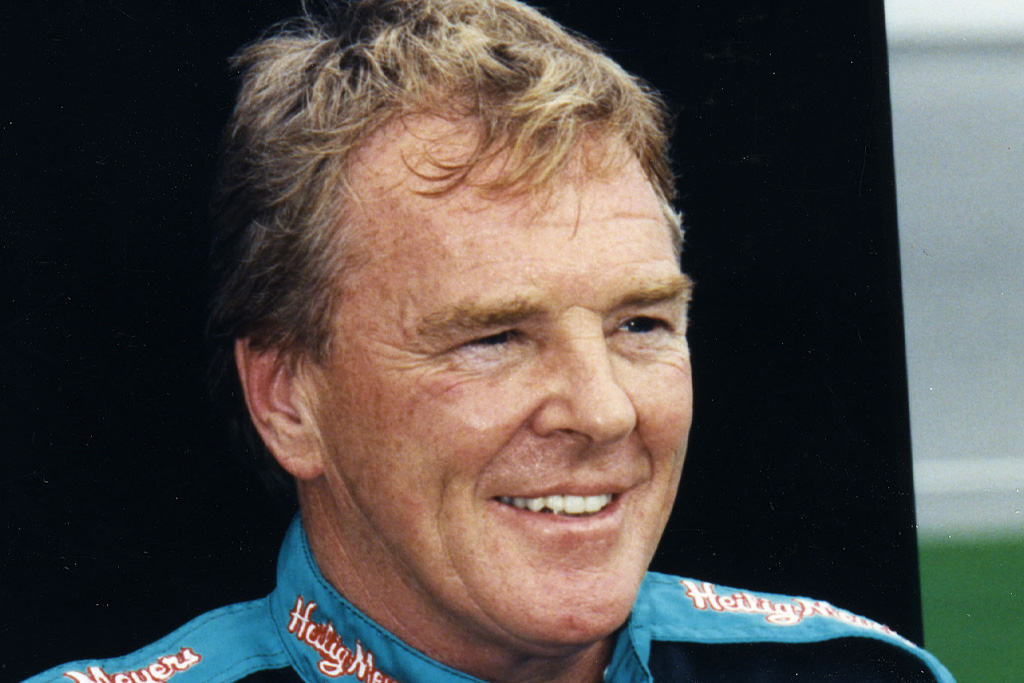
When ESPN sportscasters Dan Patrick and Keith Olbermann began referring to Richard Trickle by the shortened version of his name, he could have complained, but he saw a marketing opportunity.
Trickle knew his name was funny and that he was making Sportcenter nightly because of it. For Trickle, any exposure was good exposure.
Only His Wife Called Him Richard
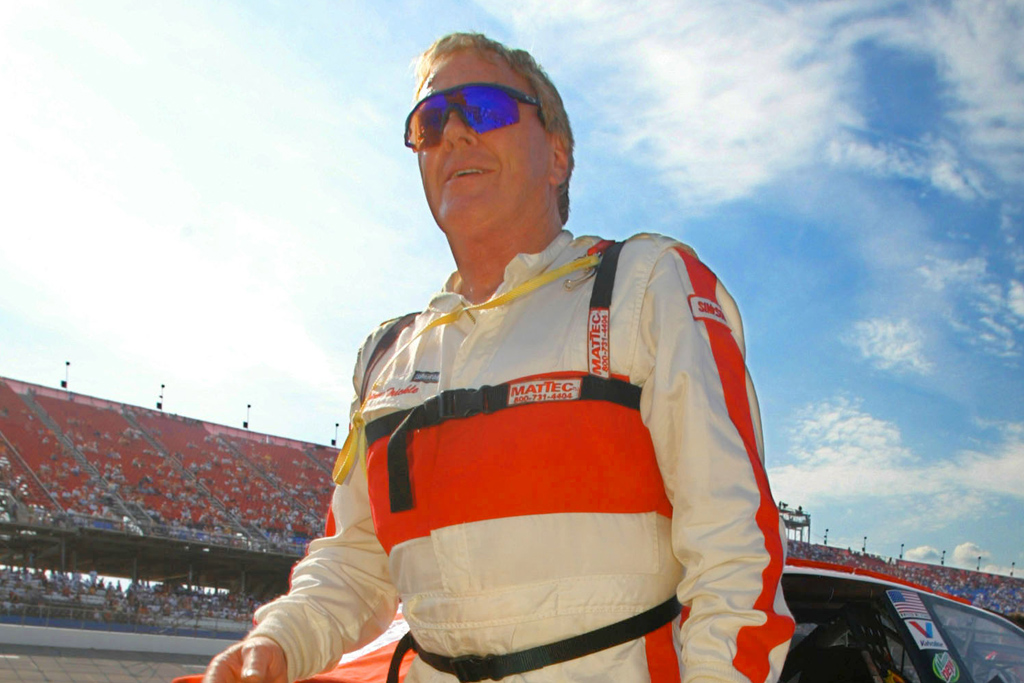
Throughout his career, Trickle let everyone call him by the shortened version of his name.
Just about the only person who called him by his real name was his wife, Darlene. They marries in 1961 and lived at Trickle’s grandmother’s house until they could afford a trailer of their own.
He Was Resourceful
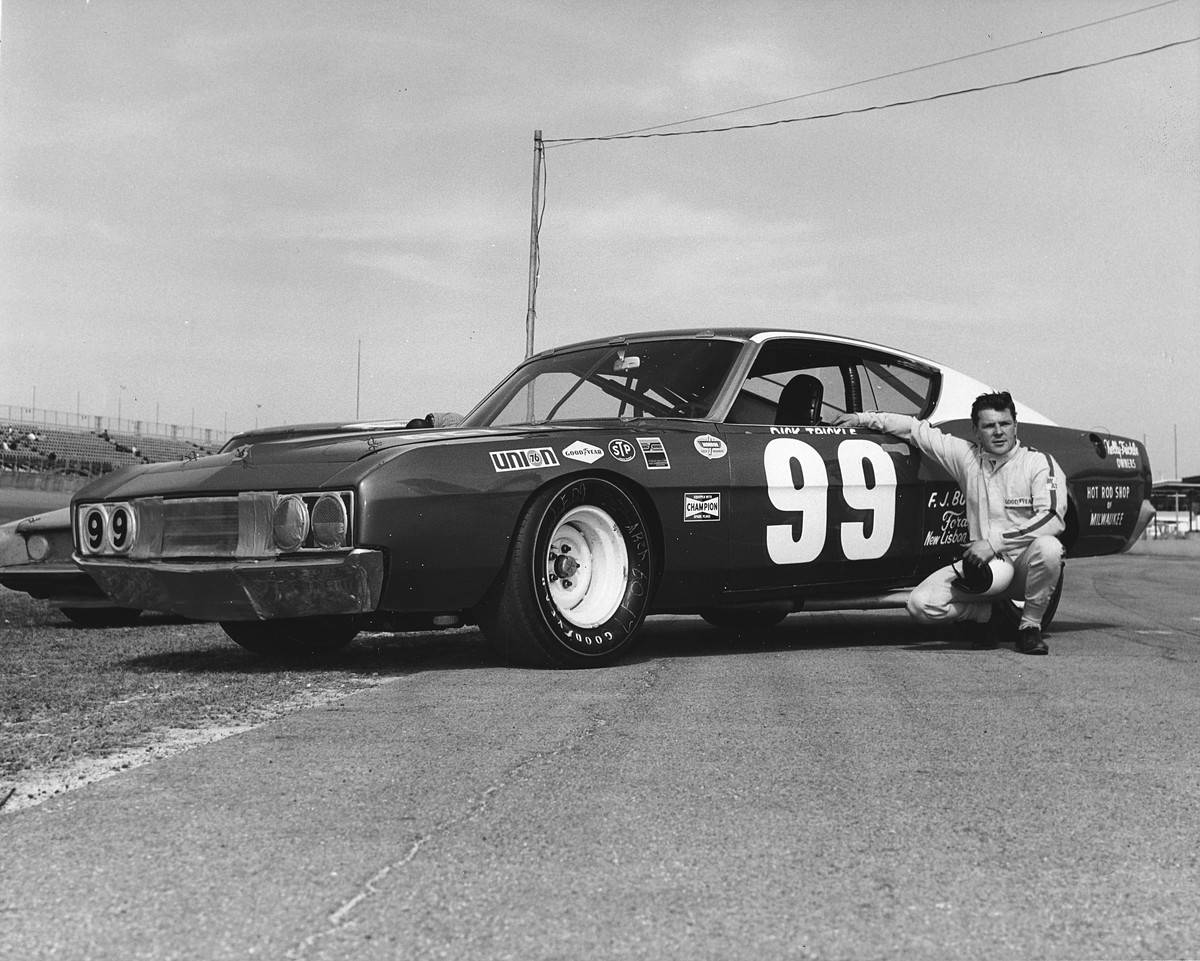
During a race, Trickle used his P.A. to ask the crowd if anyone had a Ford water pump after his car’s pump blew up.
A kind fan allowed him to use their vehicle and he drove it into the pits, swapped out the pumps and won the race! As a thank you for helping him out, he returned the car back to its rightful owner.
He Was A Quick Thinker
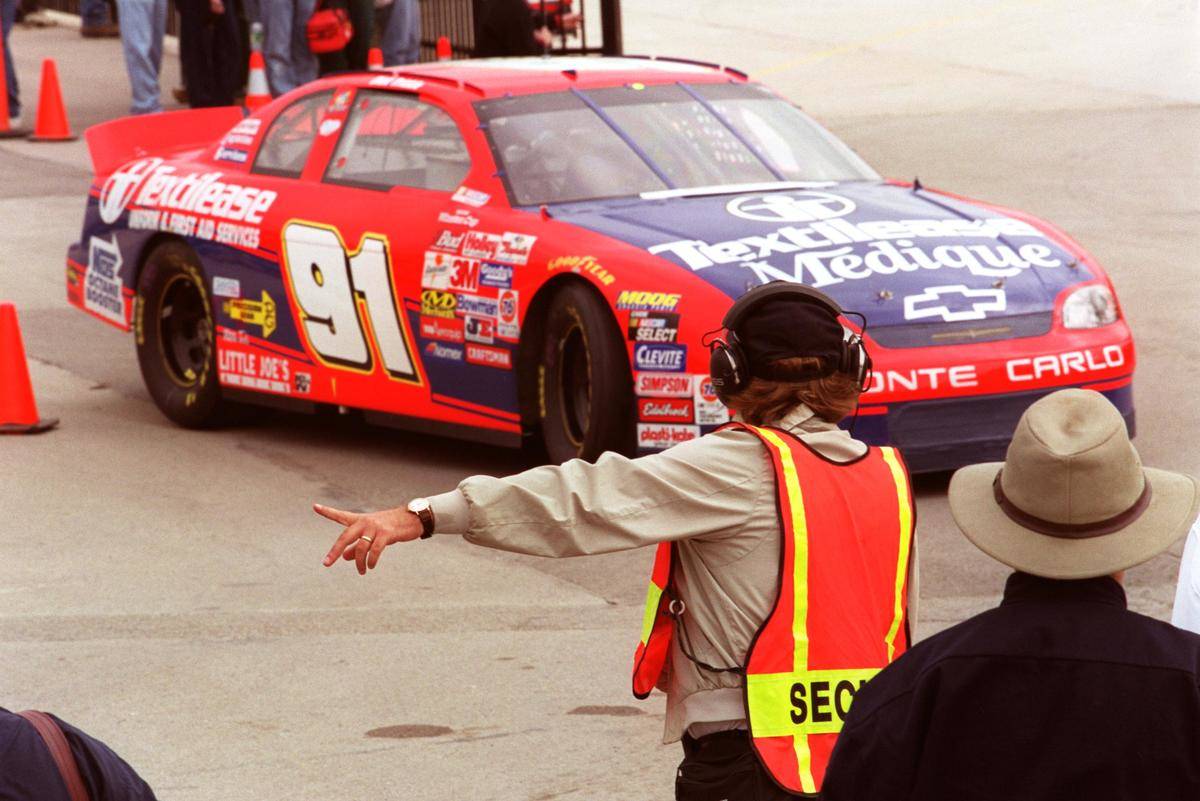
At a race, Trickle put on an awe-inspiring performance when his engine blew.
Without even pausing to think twice, he swiftly pulled one from the tow truck that was in the pits and used it to drive his own car. Unsurprisingly, he won the race.
Trickle’s Racing Mantra
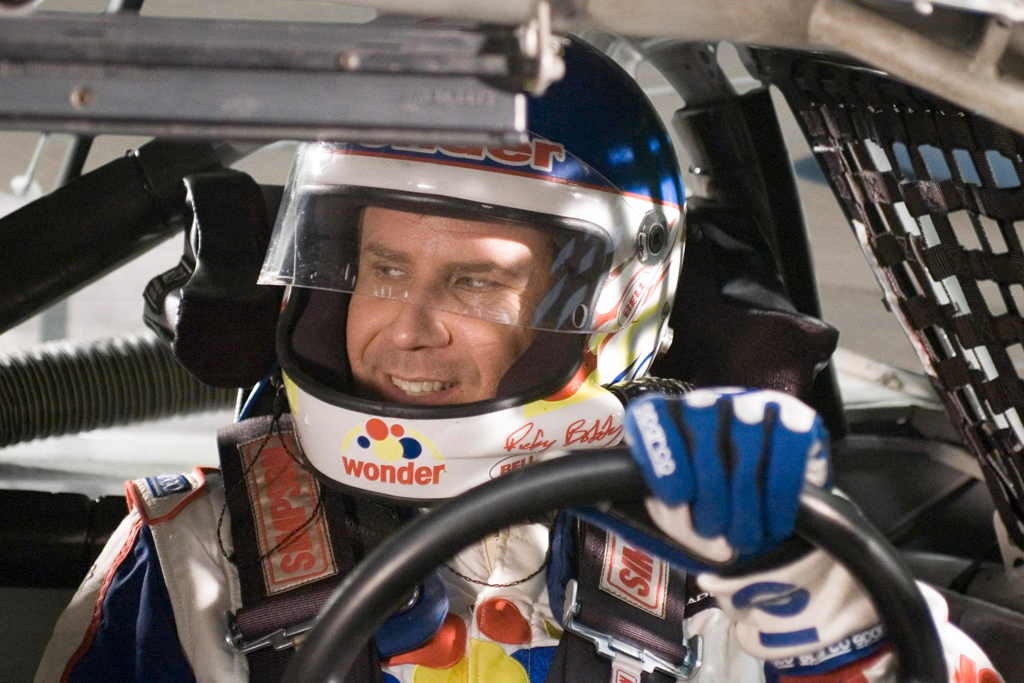
In the movie Talladega Nights: The Ballad of Ricky Bobby, the title character lives by the mantra, “If you ain’t first, you’re last.
Richard Trickle had his own mantra, which was, “To finish first, you need to finish the race.”
Trickle Was A Chatterbox
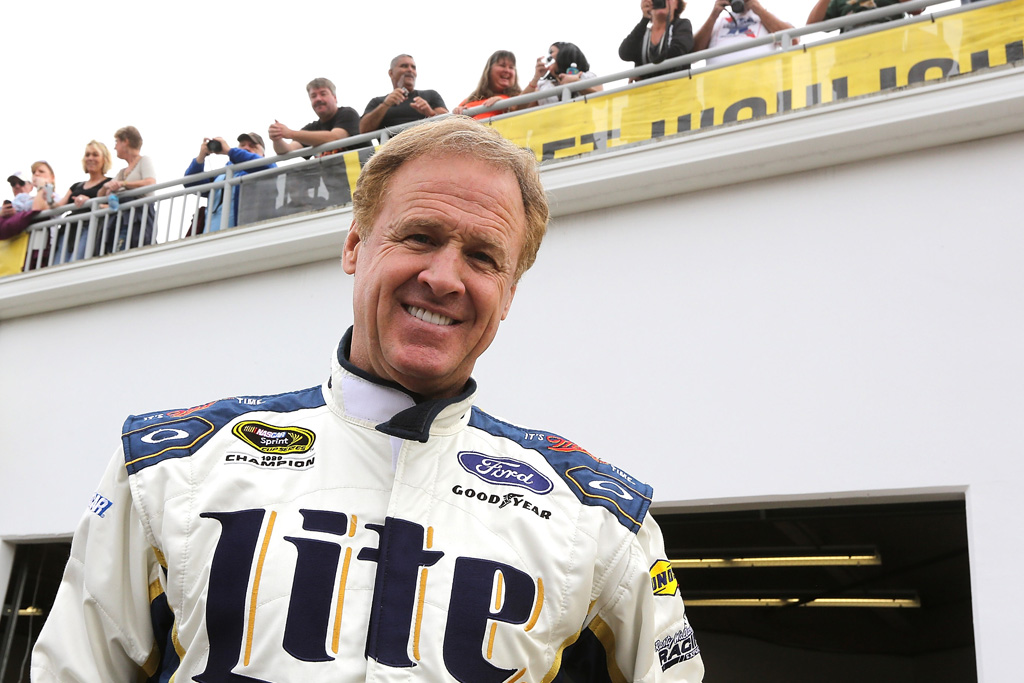
Trickle Loved to talk, and he could carry on a conversation all night.
Trickle told people that for every 100 miles he would race, he only needed one hour of sleep. He also claimed he could drink 40 cups of coffee a day.
He Never Came In First
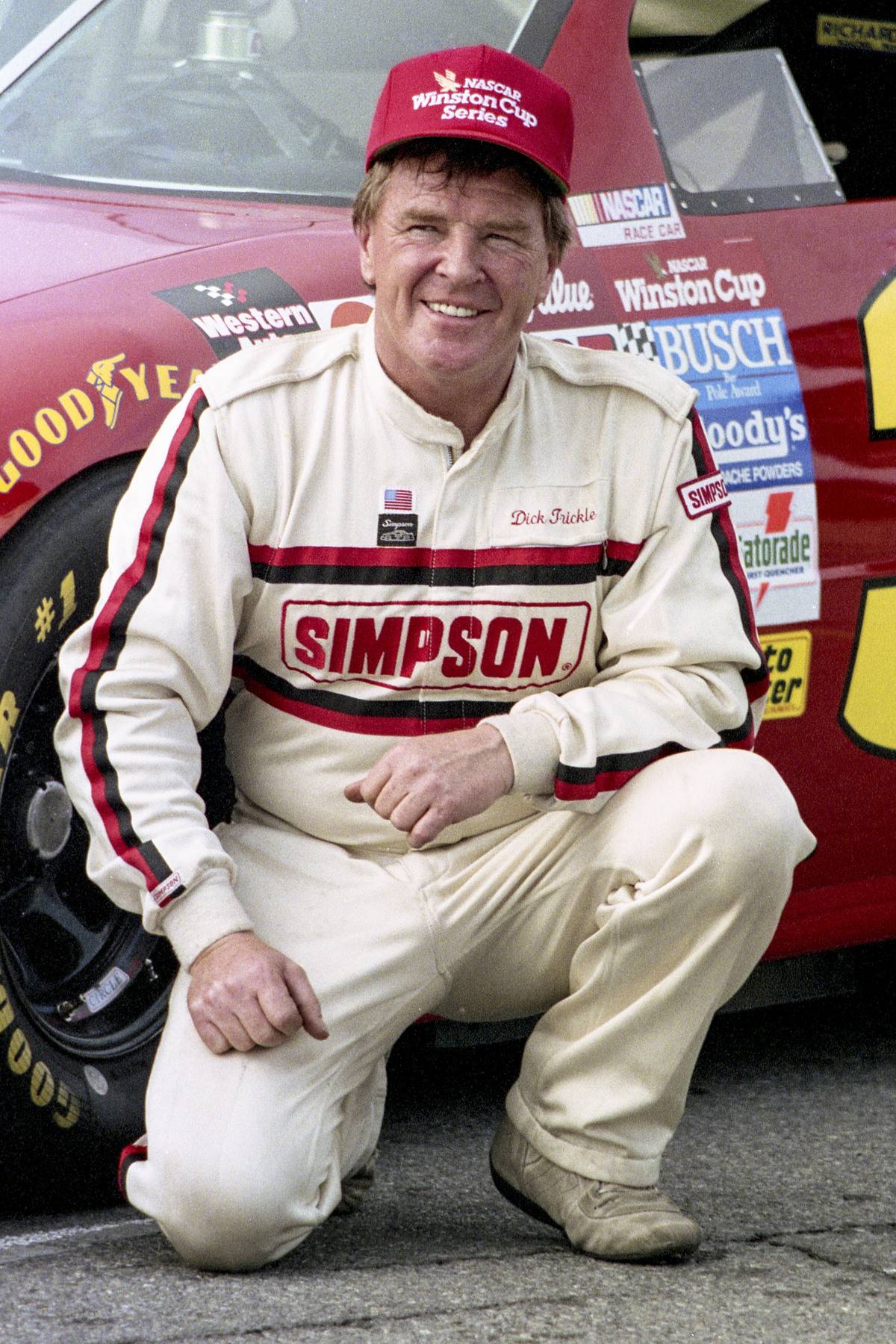
Despite Richard Trickle’s lack of success in the Winston Cup Series, having been unable to secure a single victory despite his 36 top-ten finishes, he was still held in high regard by sports media and garnered a large cult following.
Winning truly isn’t everything.
He Was A One-Beer Man
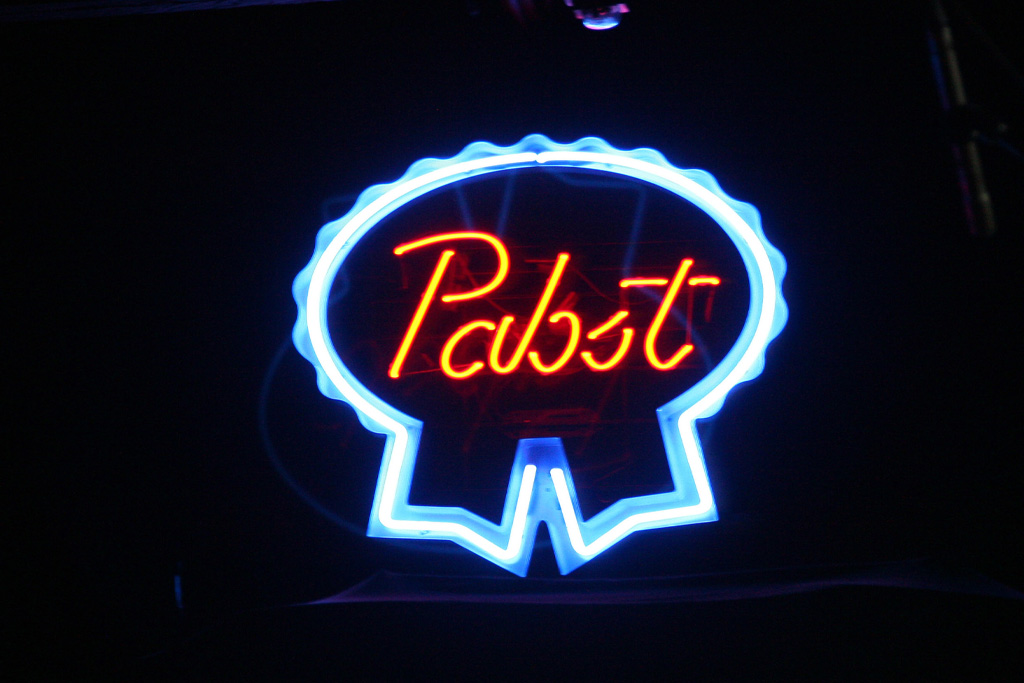
Trickle had a trick to keep from drinking too much. When he was handed a beer, he would drink it.
When it was empty, he wouldn’t toss the can out but would instead hold on to it, signaling to anyone around that he didn’t need another.
Days Of Thunder Was Not Based On Him
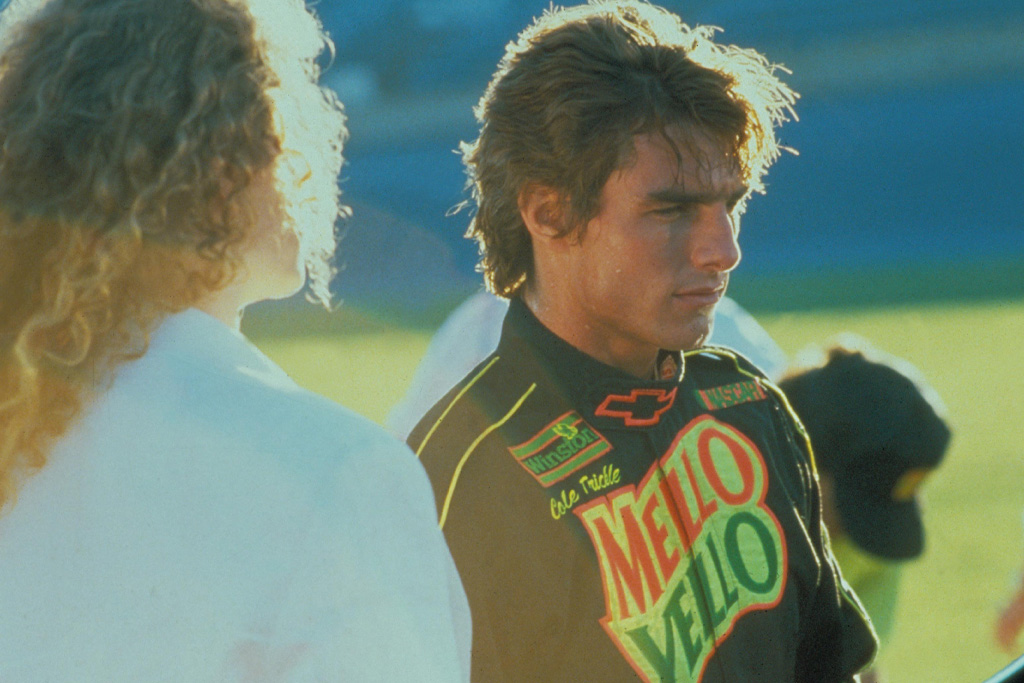
Despite sharing the same last name with Tom Cruise’s character in Days of Thunder, Cole Trickle was not based on Richard Trickle. He was based on another famous driver, Tim Richmond.
Other than the last name, Cole and Richard Trickle had nothing in common.
He Didn’t Care For Glitz And Glamour
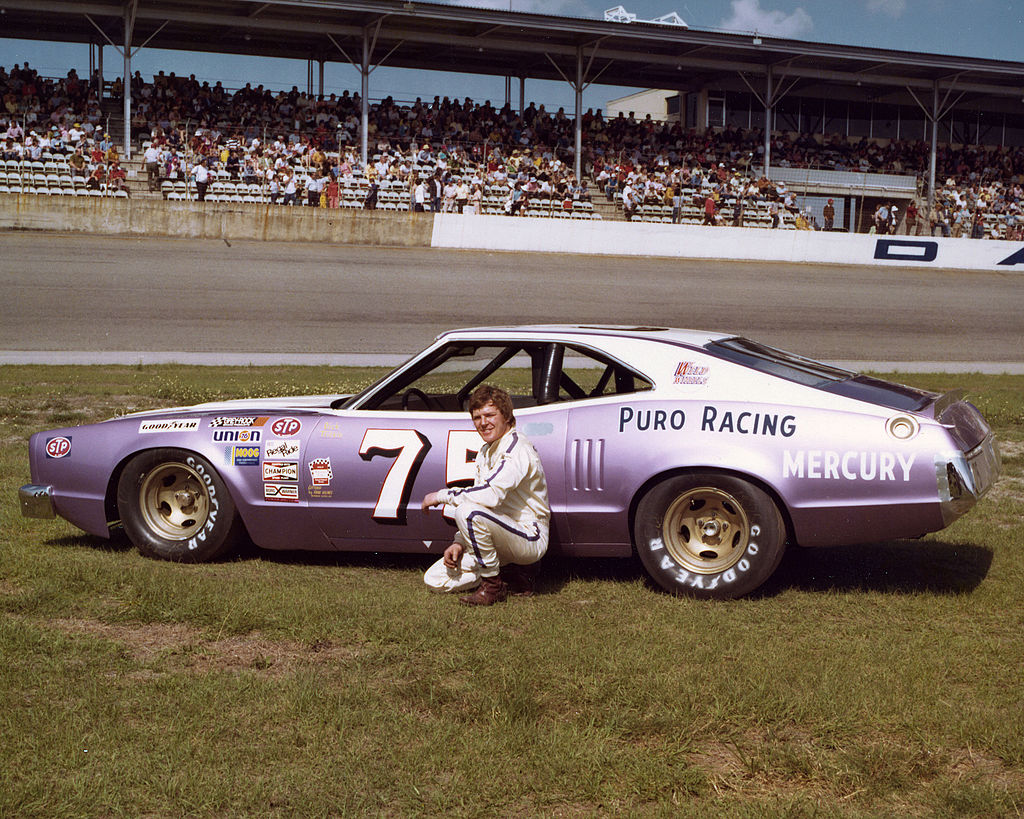
Trickle liked to stick to his old-school roots. While drivers like Jeff Gordon were buying planes and buses, Trickle built himself a garage. The glitz and glamor weren’t for him.
In one interview, he said, “I don’t need none of that stuff.”
Jimmy Fennig Warned Him About The Cowboy Boots

Trickle was warned by Jimmy Fennig that racing in cowboy boots was a bad idea. He recalled telling the racer, “you ain’t gonna make it in cowboy boots.”
Fennig remembered that halfway through the race, Trickle called over the radio and asked, “where are them shoes?”
He Learned His Lesson About Racing In Cowboy Boots
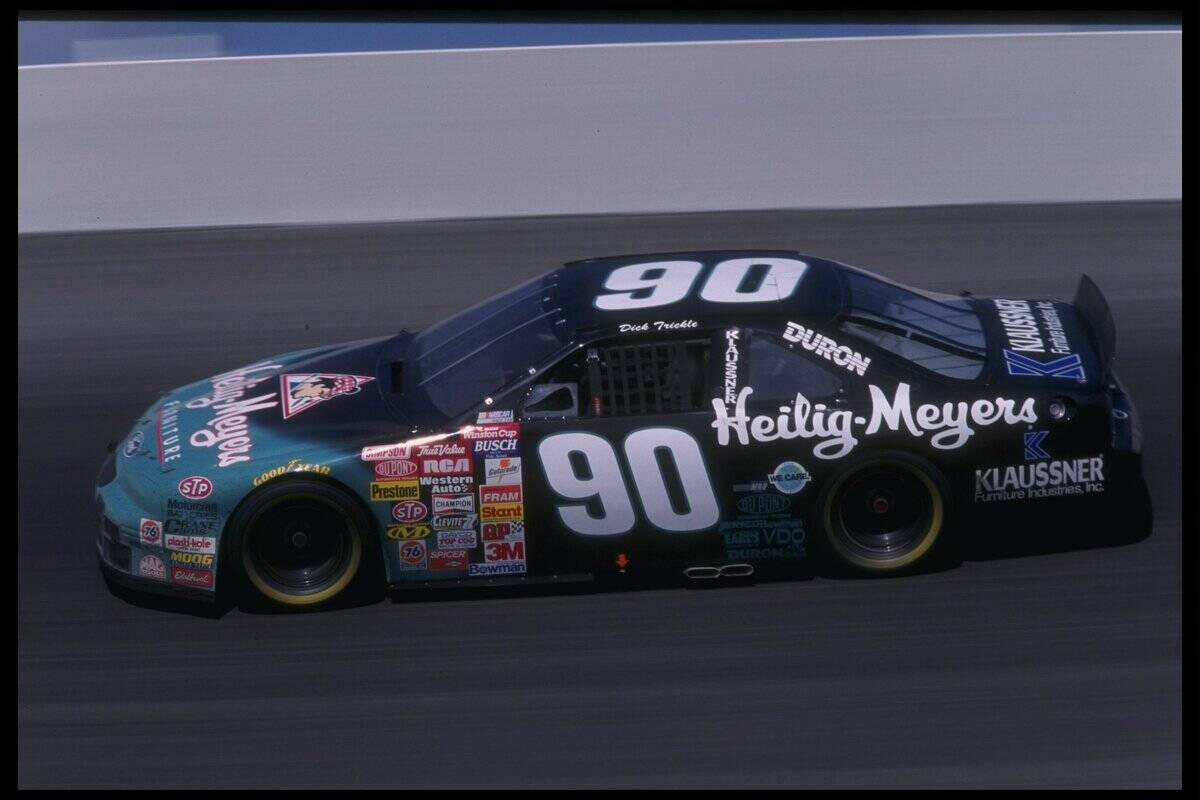
In Richard Trickle’s first race, he wore cowboy boots, but his foot kept swelling because of the heat his car’s throttle was generating. During yellow flags, he kept checking into the pit lane.
He needed to remove his boots, and it took several pit stops. He still finished the first race of his career in 13th place. In the next race, without boots, he finished in third.
Trickle Loved His Fans
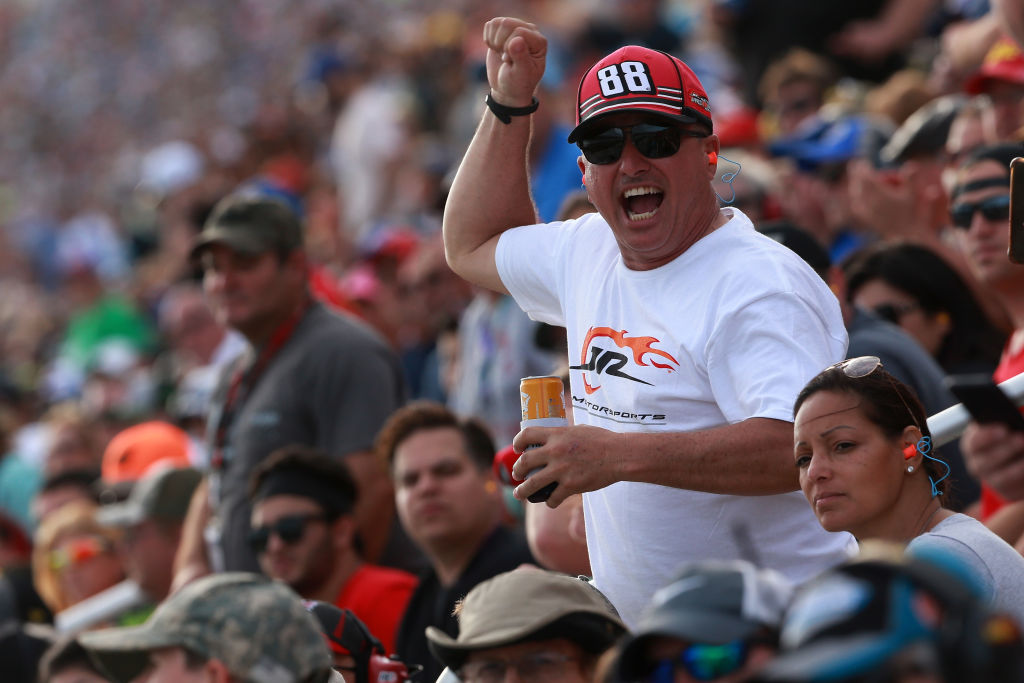
Trickle loved doing meet-and-greets with the fans. He would often stay long past the allotted two hours for meet and greets.
Actions like this made him a fan favorite, even though he never won a race.
Butch Fedewa Remembers Every Race

Richard Trickle was legendary not only with his fans but with other drivers as well. Butch Fedewa said, “You remembered every race you raced against Trickle.”
He would know, having raced against Trickle in his prime.
He Estimated His Own Wins
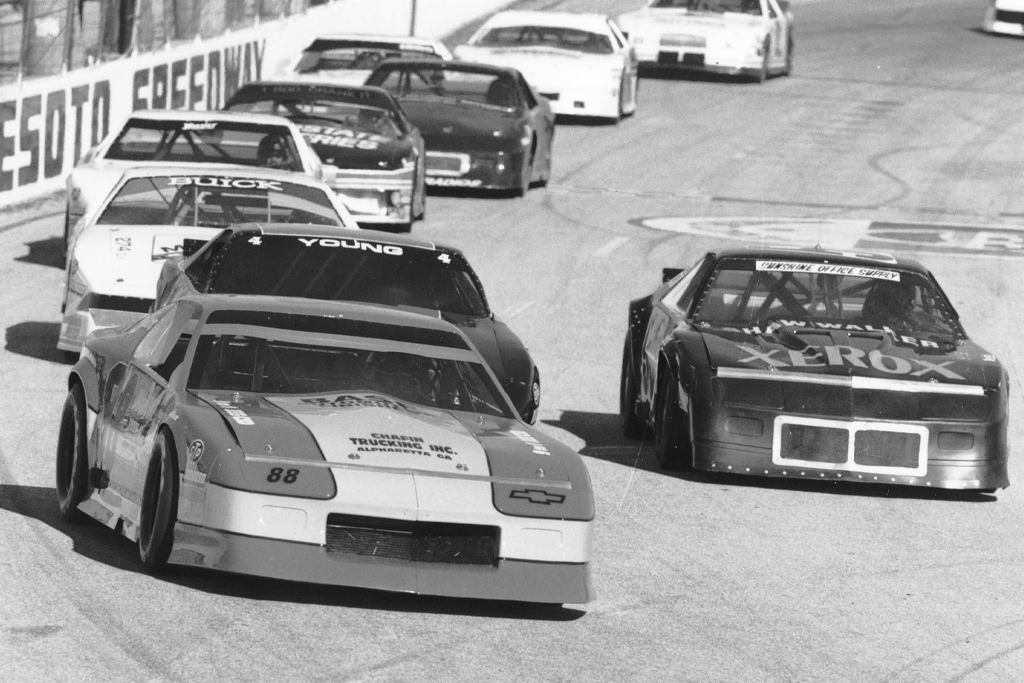
According to the New York Times, Trickle estimated the number of short-track wins he had at 1,200.
He was the short-track driver every other driver dreamed of being. He also mentored some of NASCAR’s greatest drivers.
His One Win
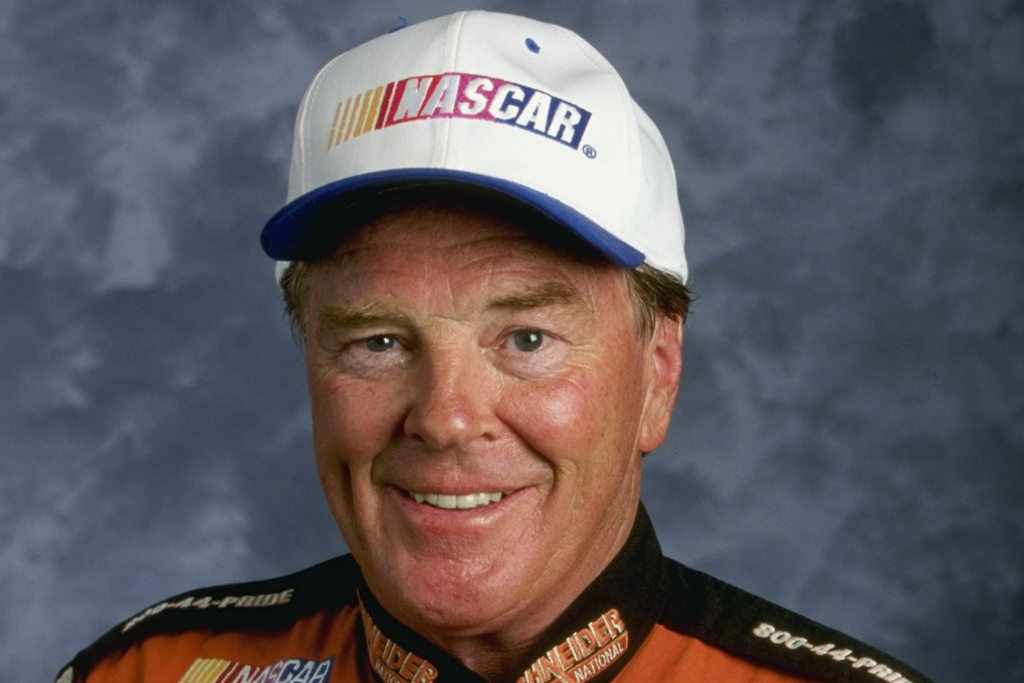
Technically, Trickle won one race in his career, but it was a race with no season points assigned to it.
The Winston Open was a 201-mile NASCAR race that allowed the winning driver to qualify for the all-star race. During the 1990 running of the race, Trickle won by eight inches.
His Stolen Racecar Was Found
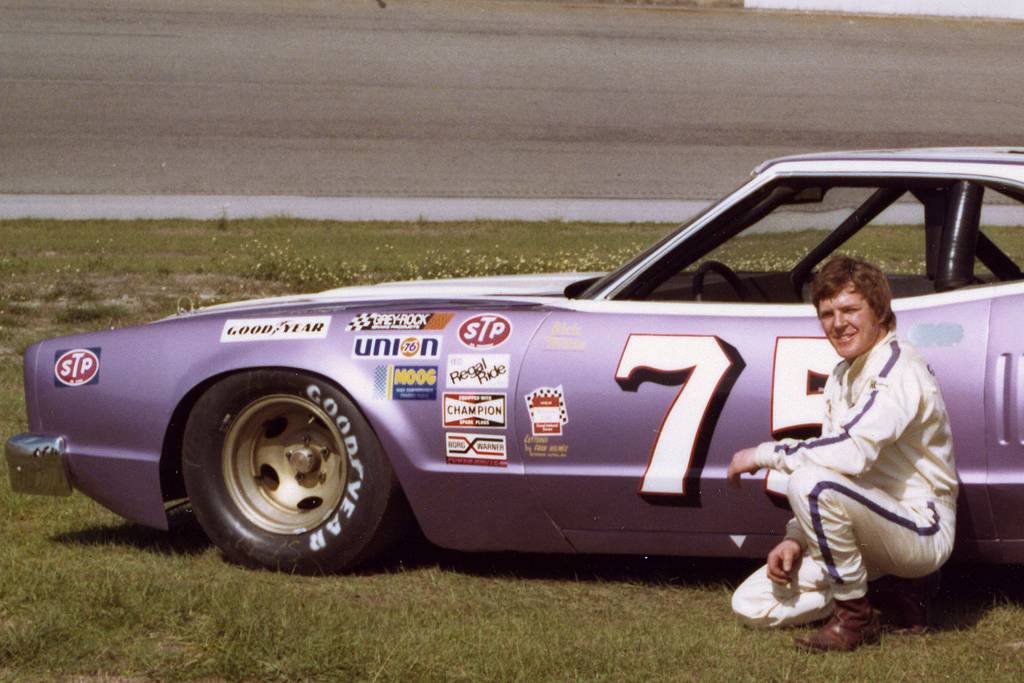
Trickle’s “Purple Knight” sat in storage for many years, but when the owner Kenneth Langreck went to get it out of storage to begin restoring it, it was gone.
Investigators found the car in the hands of someone that had purchased it from Landreck’s brother, who had apparently stolen it and sold it off.
He Didn’t Care If People Liked Him Or Not
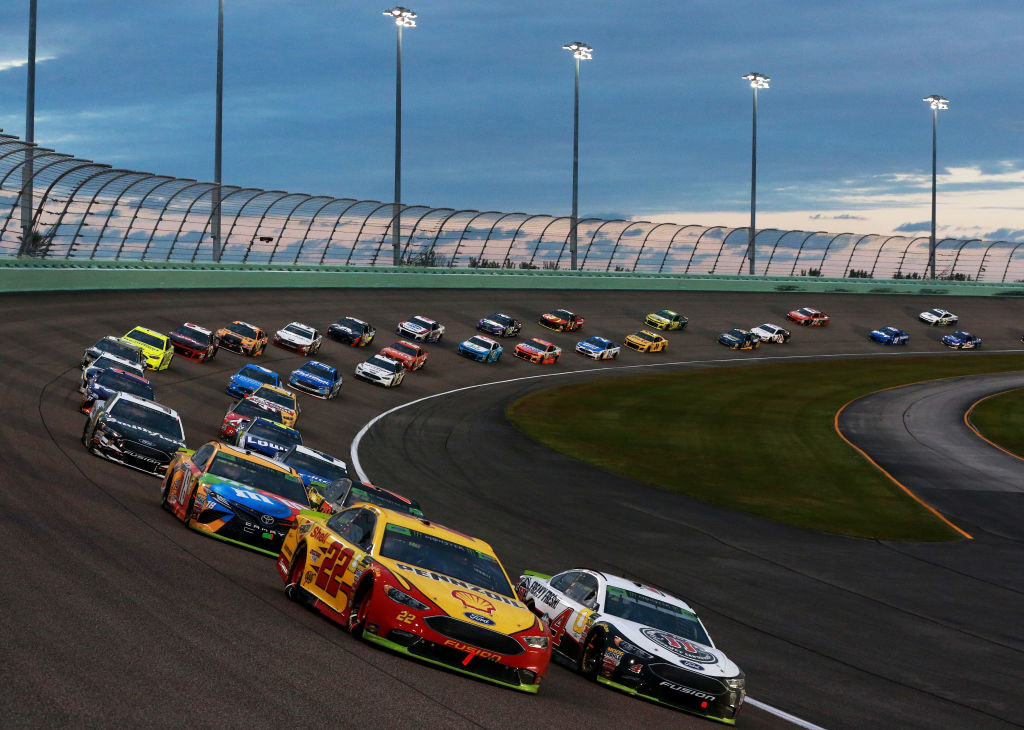
One time at an ASA race, Trickle was booed by people in the crowd when he was announced.
He addressed it by saying, “When you get introduced there may be 500 or a thousand people that cheer […] But when I get introduced, 100 percent of the crowd reacts, one way or the other.”
He Was An Excellent Mentor
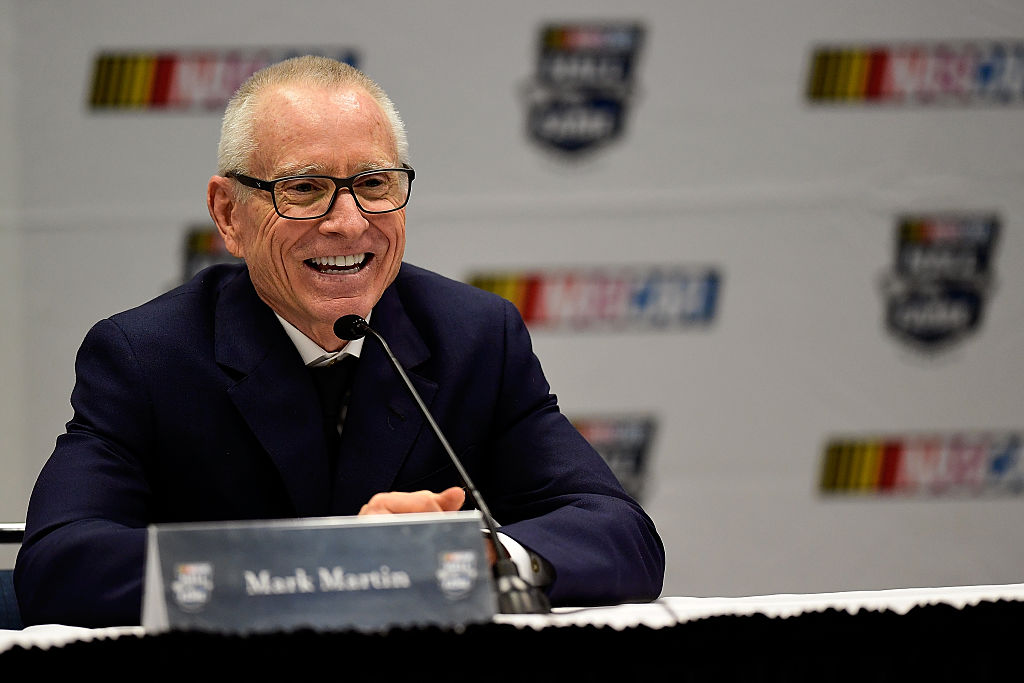
Over the years, some of the main up-and-coming drivers that Richard mentored included Rusty and Kenny Wallace, Alan Kulwicki, and Mark Martin.
Kenny Wallace kept up his relationship with Trickle over the years. Wallace commented, “I want everybody to know what a great man he was. People only know about everybody making fun of his name on ESPN. But he was an incredibly awesome man.”
Trickle Retired Later Than Most
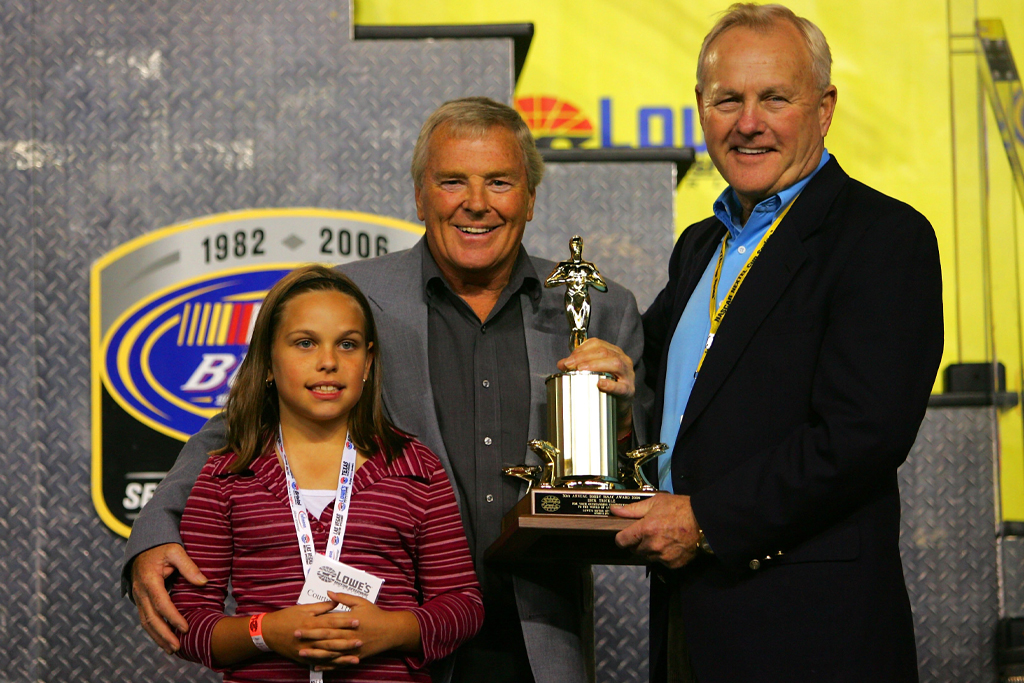
Richard Trickle was 61 years old when he raced his last race in 2002. On average, a NASCAR vehicle runs 300 feet per second. That kind of speed catches up to most drivers well before their 60s.
Trickle couldn’t stay away from the track and continued to make appearances until 2007 when he finally called it quits.
He Didn’t Hang Around After He Retired
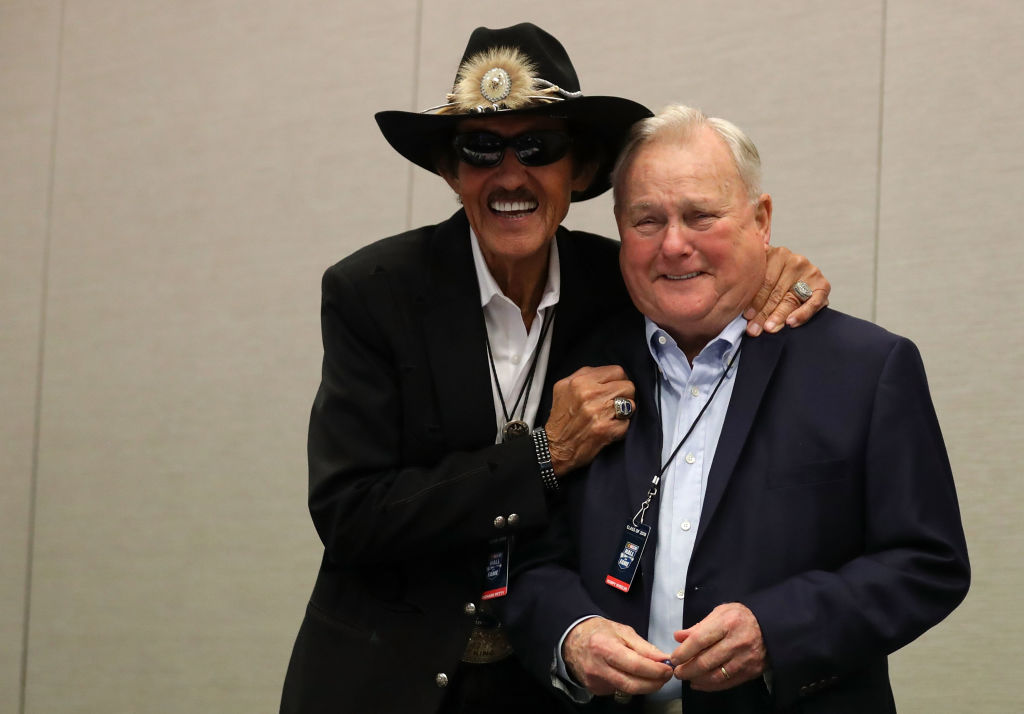
After retiring, some people might go on to buy a company and stay in business, but not Trickle.
While he made appearances now and then to watch races and sometimes sign autographs, he spent most of his time with his family, doing things that he never got around to because of racing.
His Friends Wanted To Memorialize Him
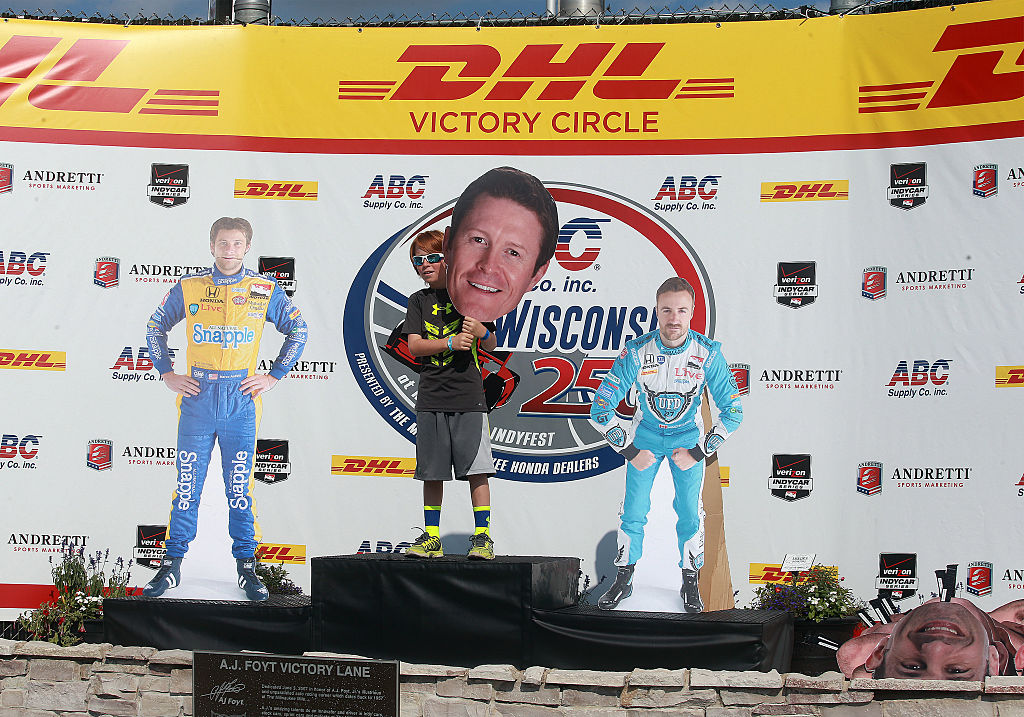
Many of his Wisconsin friends and competitors, such as Tom Reffner and Marv Marzofka, started a memorial fund in hopes of creating a permanent memorial statue of him at Rudolph Community Park.
Today at some Midwestern short tracks, there are Trickle Memorial laps, 99 laps for his car number.
Kyle Petty Compared Him To His Dad
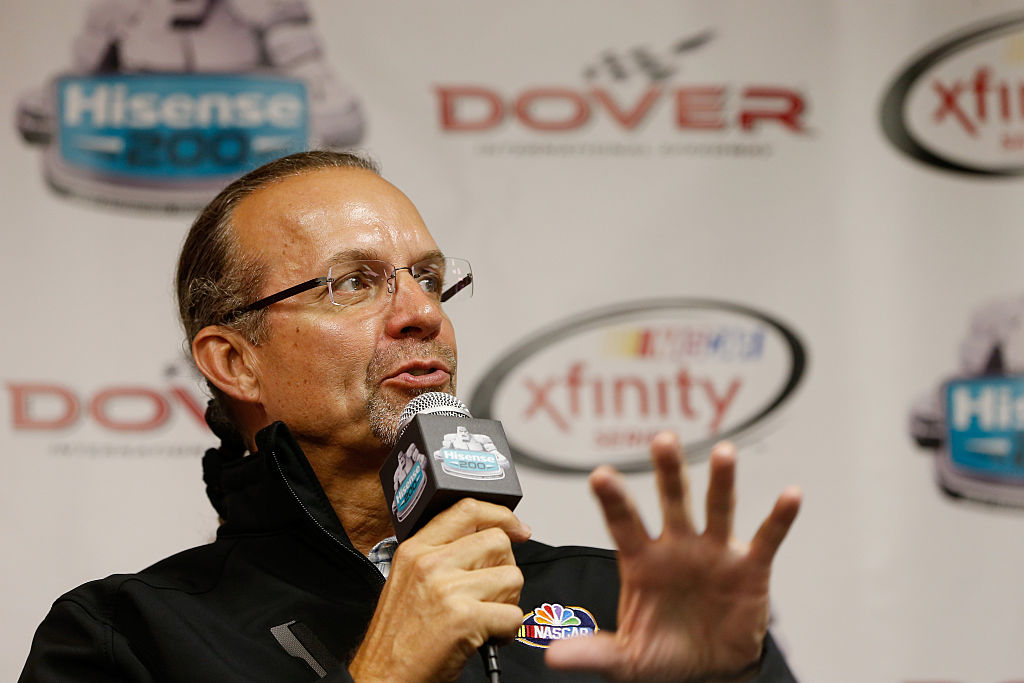
Speaking about his lost friend, Kyle Petty compared Trickle to his father, another NASCAR legend, “He was the Richard Petty, the A.J. Foyt, the Mario Andretti of the Midwest tracks. It’s like saying Dale Earnhardt, and Richard Petty taught people here how to be Cup drivers. He taught people how to be short-track drivers.”
The speech proved that even before Trickle joined the ranks of NASCAR, he was well-respected in the community.
NASCAR Was His Second Life
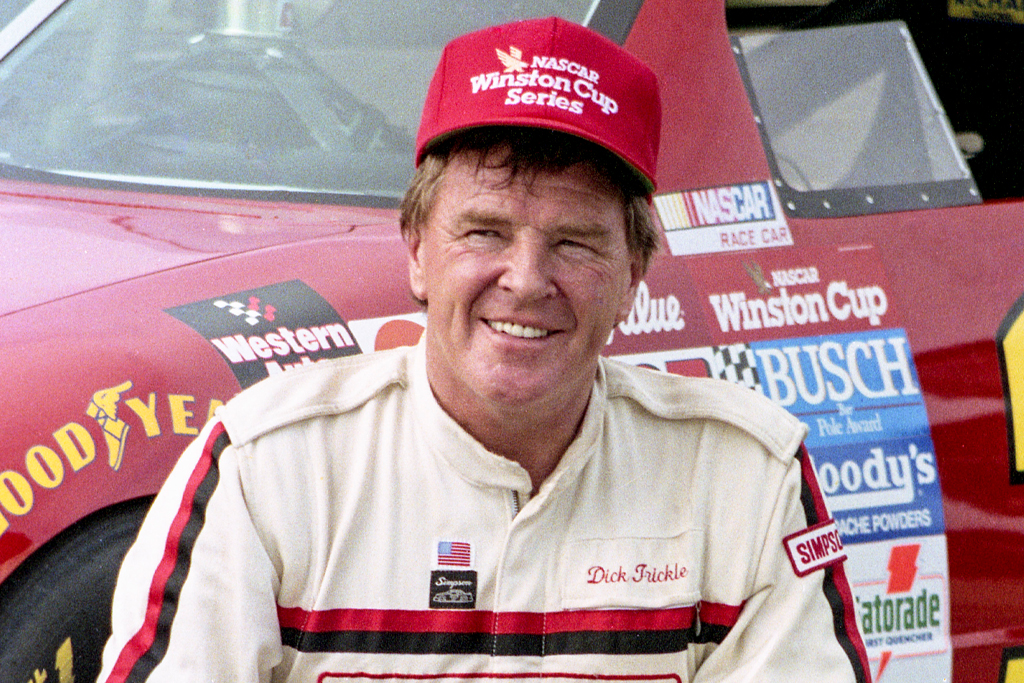
Entering NASCAR as a 48-year-old seemed impossible in 1989, but Trickle saw NASCAR as a new life.
Trickle never closed the door on returning to racing, either. He revealed to BGN Racing, “Maybe I’ll be revived and get the support of the right sponsor and team and be out there every weekend. But if I don’t, life isn’t bad.”
Too Much Pain
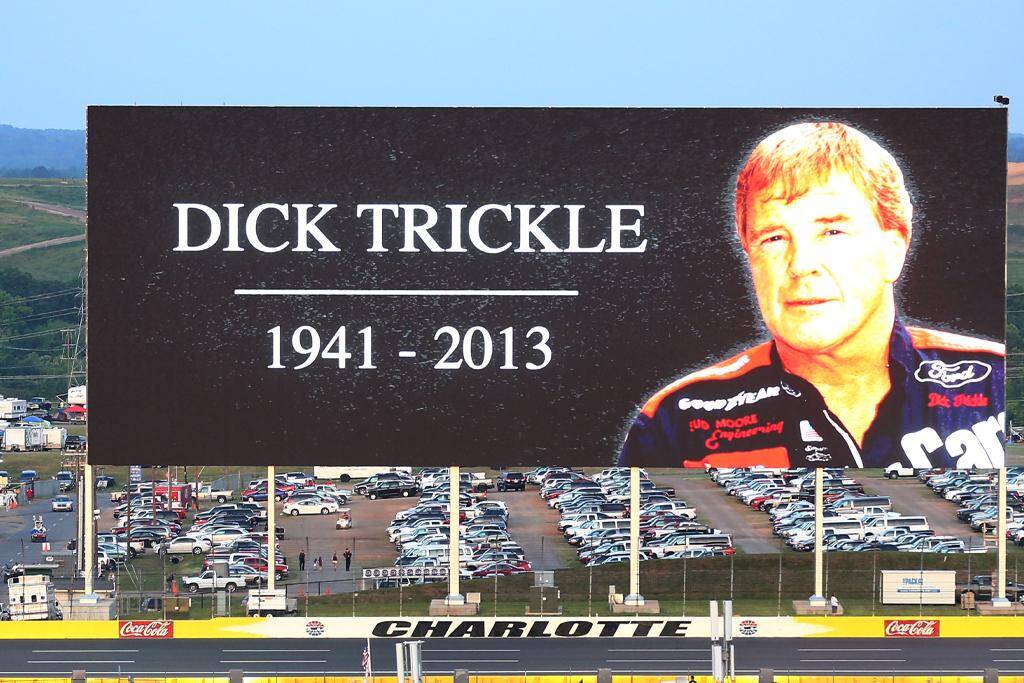
Tragically, Ricard Trickle took his own life in 2013. He was 71 years old and undergoing treatments for severe pain. His brother, Chuck Trickle, said, “Last week he told me, I don’t know how much longer I can put up with this.”
Speaking by phone, he added, “He must have just decided the pain was too high because he never would have done it for any other reason.” With his passing, Trickle left behind a legacy that will never be forgotten. He loved racing cars, and will always be remembered as “America’s Winningest Driver.”
Where He Was Found
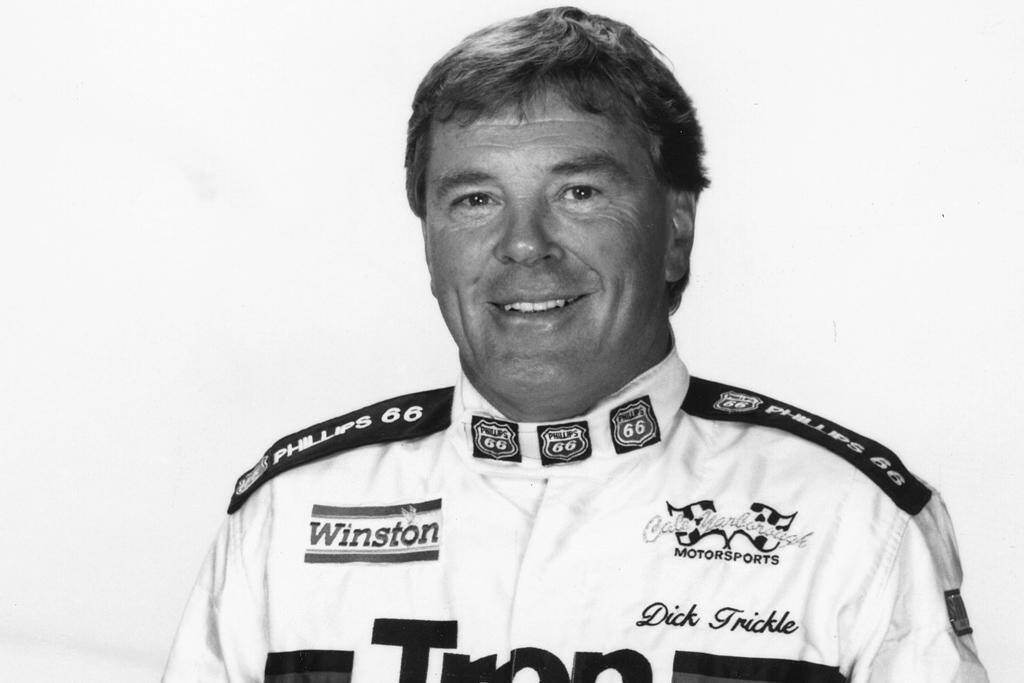
After Trickle took his own life, his body was found next to his truck. He had parked at a cemetery in Boger City, North Carolina. The graveyard is the same one his granddaughter is buried at.
Before committing himself to the ground, Trickle called the Lincoln County Communication Center to inform them there would be a body at the cemetery. He also informed them it would be his. His brother believes he ended his life because of severe pains that doctors were unable to treat.
The Full Statement
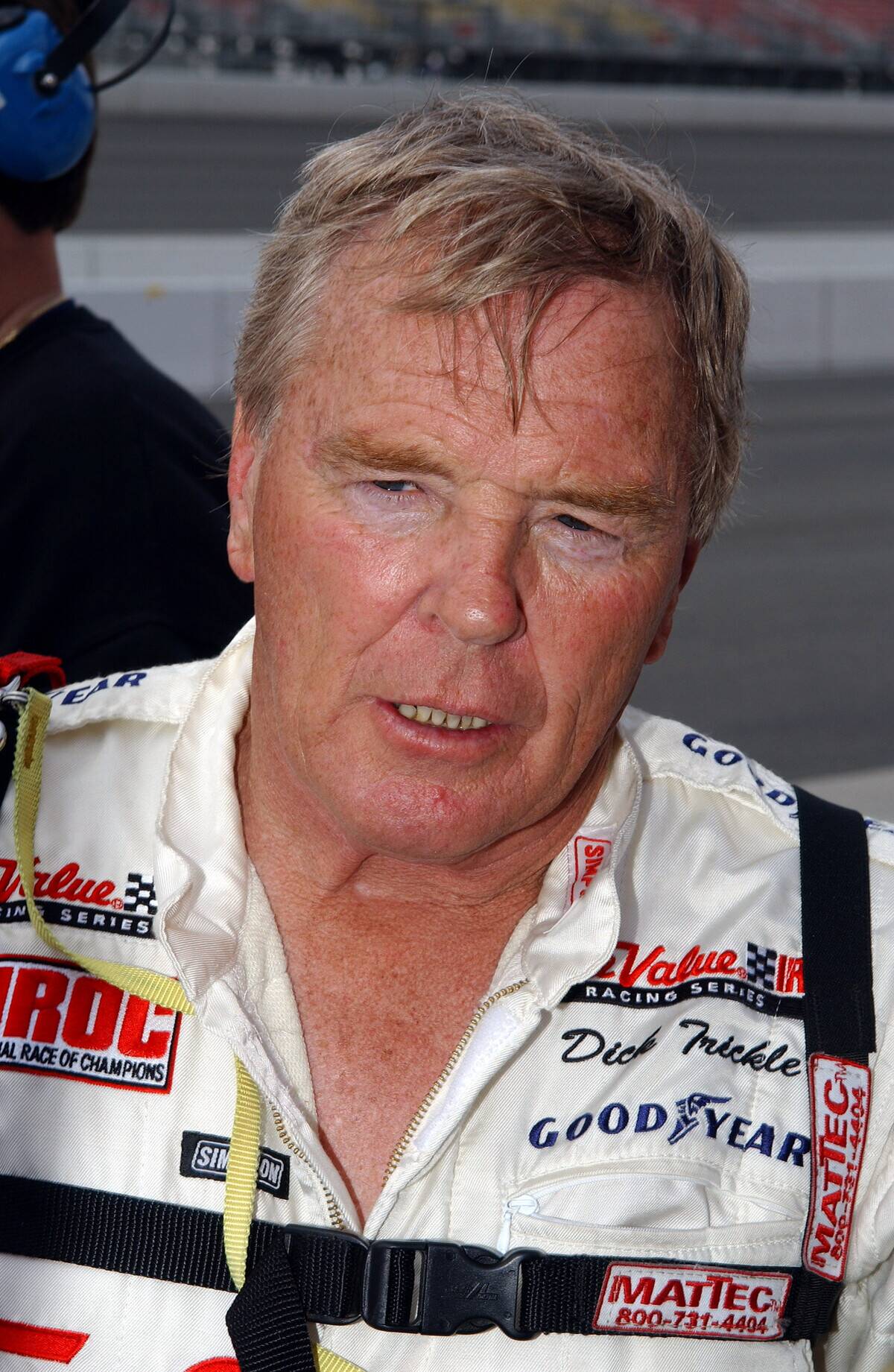
After his death, Trickle’s family released a lengthy statement. It read, “He had been suffering for some time with severe chronic pain, had seen many doctors, none of which could find the source of his pain.”
“His family as well as all those who knew him find his death very hard to accept, and though we will hurt from losing him for some time, he’s no longer suffering and we take comfort knowing he’s with his very special angel.”



